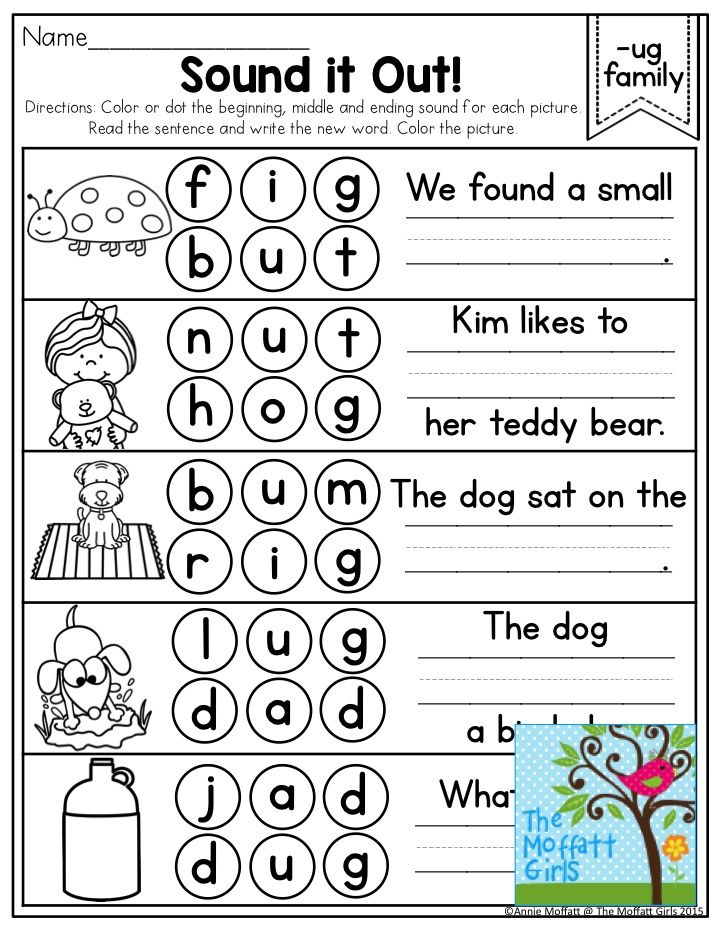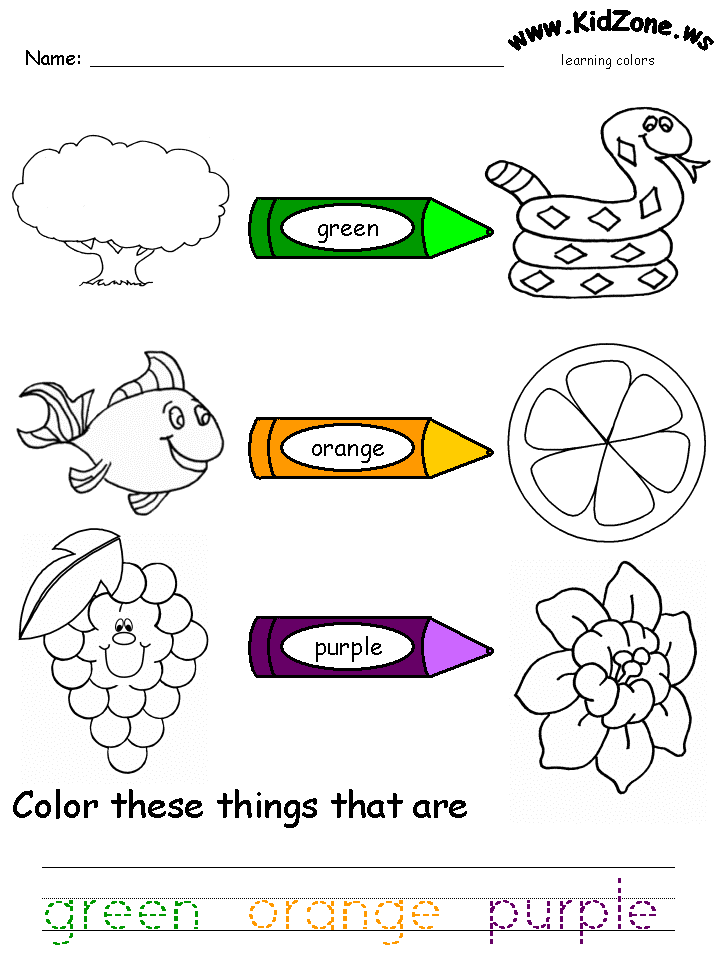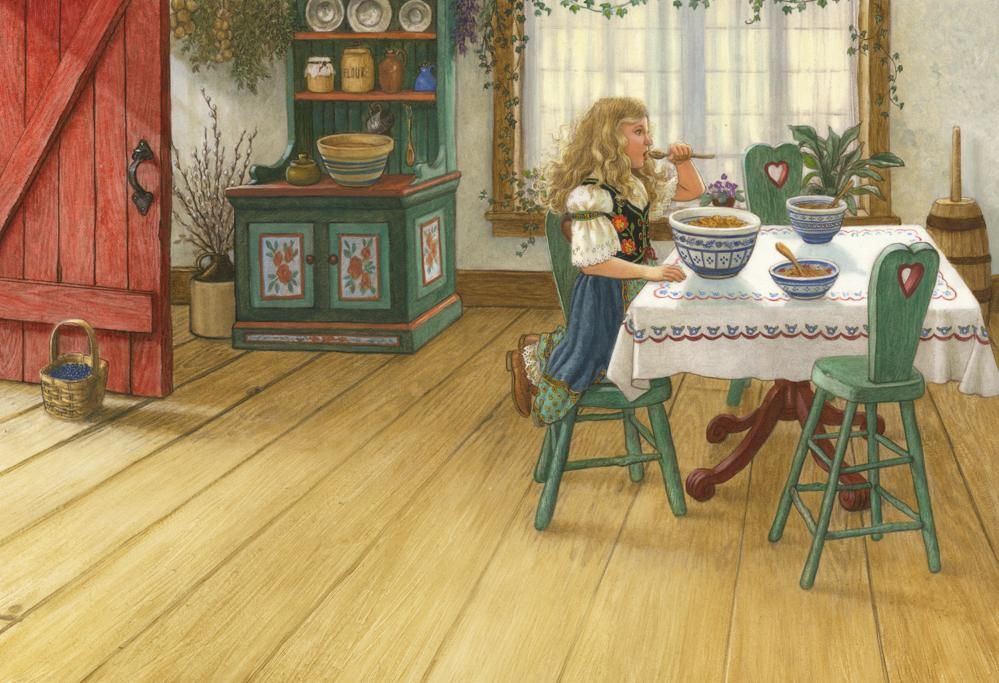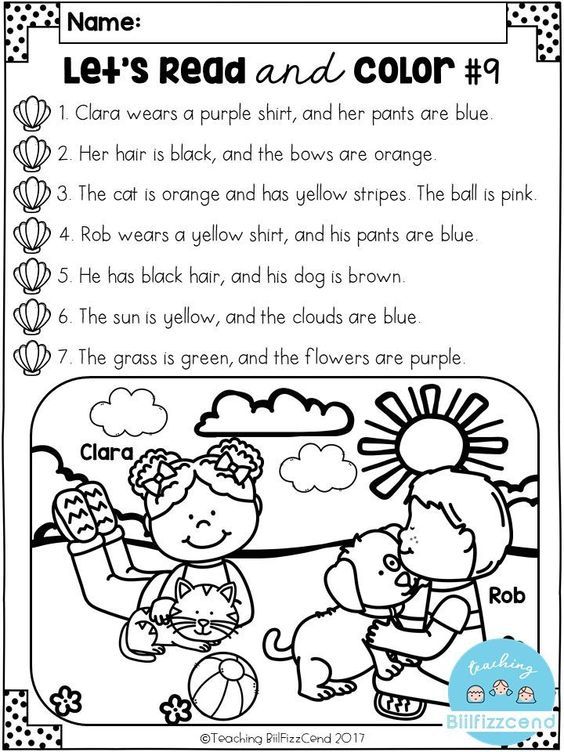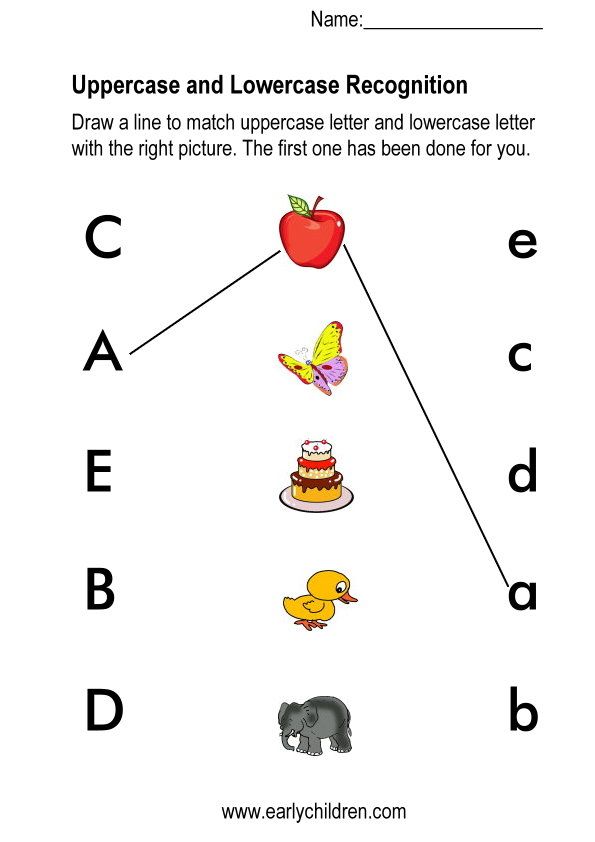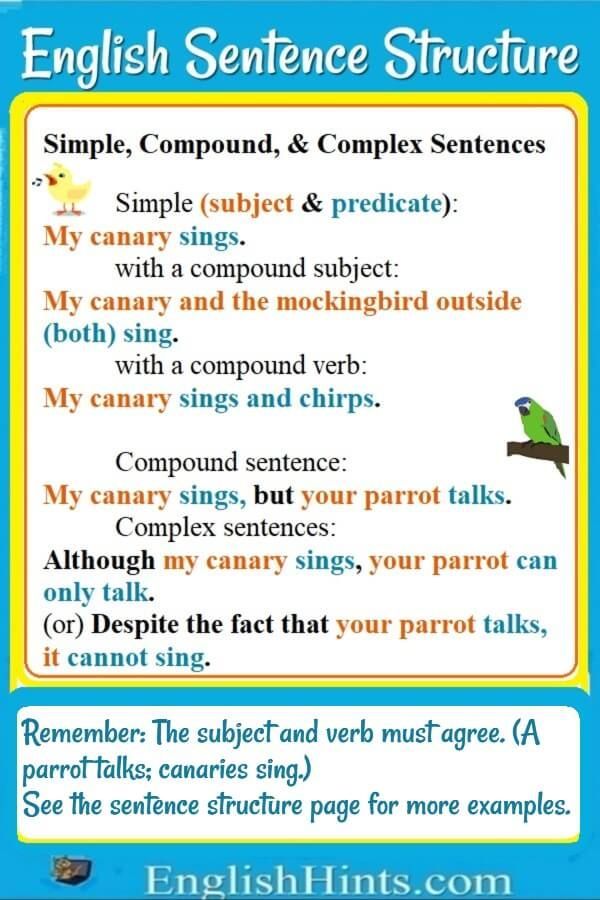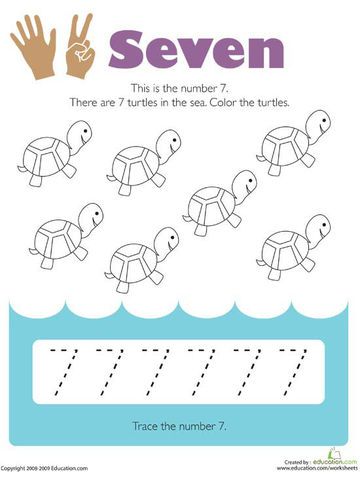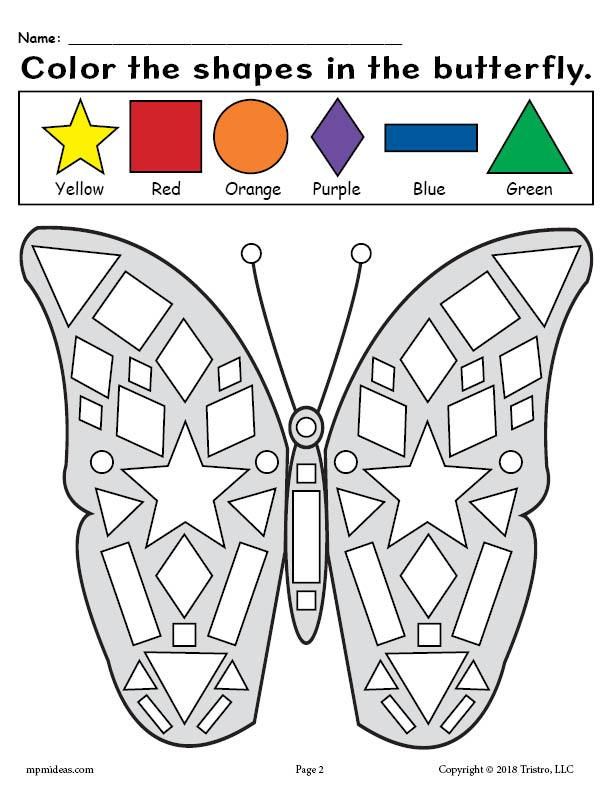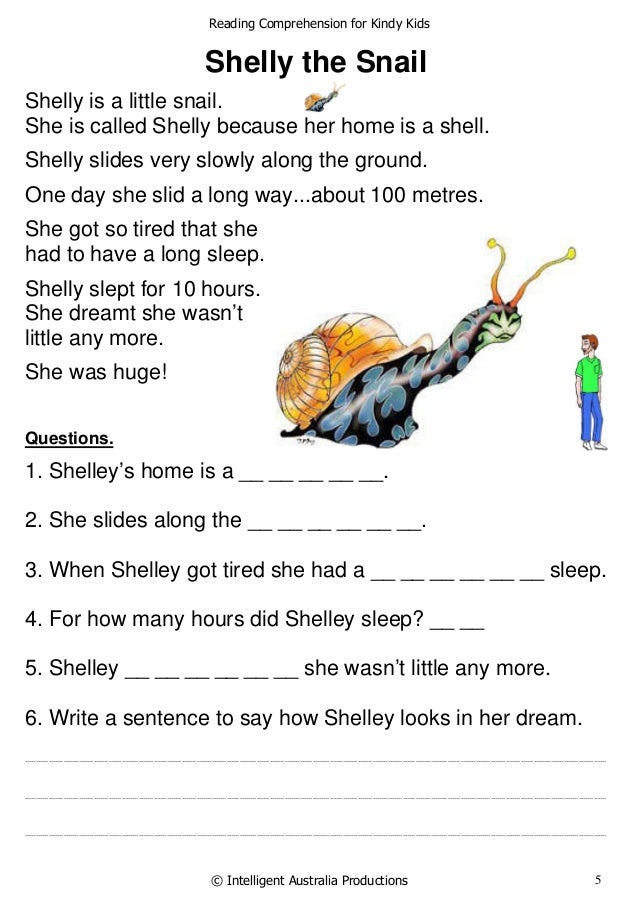Games for reading and writing
5 English Practice Games for Reading and Writing
[vc_row][vc_column][vc_column_text]
It’s just not possible to have too many English practice games at your disposal. They assist in both learning and retention by engaging students in a positive way. Here are 5 English games to helps students practice their reading and writing.
In case you’re wondering, this is why you should play games in class.
Alphabet Relay
This game is great for young learners.
Line up two teams, ideally of 4 or more players, as far from the whiteboard as possible. The first members of each team are given a pen and the teacher shouts “A”. Thereafter, each member runs to the board in turn, writes the next letter of the alphabet, and runs back to the next team member to hand over then pen. As your class get older and better at English, you can use more difficult target language and grammars in this game, using the same basic game rules.
Longest Sentence
Make a list of 50 words, including nouns, verbs, adjectives, adverbs, prepositions, conjunctions, etc. depending on level, and task the teams with creating the longest possible sentence they can. You can make this a writing game, or use cut-out pieces of paper with words on them that the students have to put together into sentences. You can make rules about the number of adjectives, nouns, etc. that must be used or a grammar pattern that must be followed. It all depends on the level of your students.
Phonics Wheel of Fortune
This game is best suited to younger phonics learners.
Draw a circle on the board with one or two desired phonics in the middle, e.g. aw, or, ee, etc. Around the outside of the circle write 10 initial and final phonics (f, d, th, ch, etc). The teacher shouts a word and the students have to run and stick a magnet on the initial, middle, and final phonics that make the word, then sit down and shout it out.
Phonics Teamwork Race
Again, this game is best suited to younger phonics learners.
This works with three players per team and is for use when practising phonics such a, a_e, i_e, etc. Write the phonic you’re practising on the board and surround it with magnets of other phonics, e.g., a_e written and surrounded by f, t, d, p, th, etc. The teacher shouts a word. Player one grabs the magnet of the initial phonic, player 2 the phonic from the middle, and player three places both magnets into the word. For example, if the word is
gate, player one will grab g, player two t, and player three will stick them into a_e in the correct place. When they have done, the team sits down and reads the word to win.
Write the phonic you’re practising on the board and surround it with magnets of other phonics, e.g., a_e written and surrounded by f, t, d, p, th, etc. The teacher shouts a word. Player one grabs the magnet of the initial phonic, player 2 the phonic from the middle, and player three places both magnets into the word. For example, if the word is
gate, player one will grab g, player two t, and player three will stick them into a_e in the correct place. When they have done, the team sits down and reads the word to win.
Guess It
This game is also best suited for younger students learning phonics.
The “Guess It” game will teach students how to blend several letters to make common words. To begin, the teacher will divide the students into two groups. The teacher will then choose a word and segment it on the whiteboard (e.g., c-at). One team will have a chance to blend the word.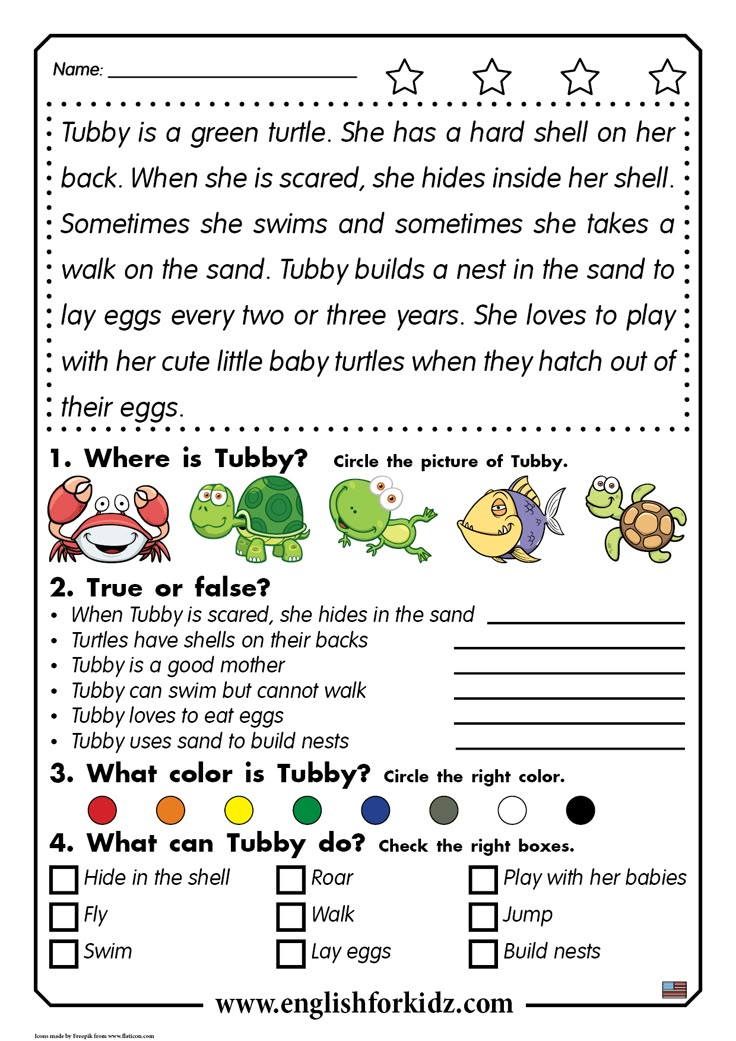 If they blend it correctly, they will receive a point. If they do not correctly blend it, the other team will have the chance to blend and identify it. Each team will take turns blending words. The game is complete when one of the teams correctly blends 20 words.
If they blend it correctly, they will receive a point. If they do not correctly blend it, the other team will have the chance to blend and identify it. Each team will take turns blending words. The game is complete when one of the teams correctly blends 20 words.
For more game ideas, go here or here.
A version of this article originally appeared in Shane English School’s Teaching English to Young Learners (TEYL) program, which is part of new teachers’ orientation.[/vc_column_text][/vc_column][/vc_row][vc_row][vc_column][vc_separator][/vc_column][/vc_row][vc_row css=”.vc_custom_1534752216040{background-color: #ededed !important;border-radius: 2px !important;}”][vc_column width=”2/3″][vc_column_text]
[/vc_column_text][vc_column_text]
[/vc_column_text][/vc_column][vc_column width=”1/3″][vc_single_image image=”11062″ img_size=”medium” alignment=”center” onclick=”custom_link” link=”https://www.teflcourse.net/?cu=DYAJM2017I”][vc_single_image image=”10436″ img_size=”medium” alignment=”center” onclick=”custom_link” link=”www.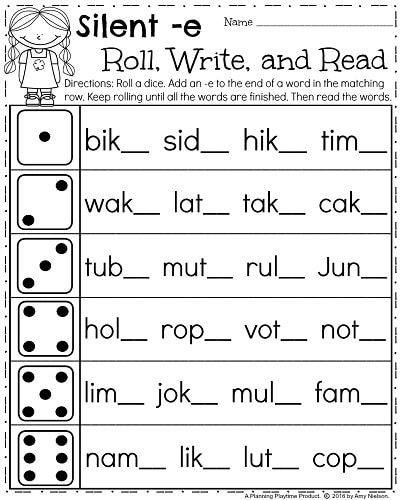 saxoncourt.com?utm_source=Shane%20Schools&utm_medium=blog%20post&utm_campaign=Shane%20Schools%20blog%20footer”][/vc_column][/vc_row][vc_row][vc_column][vc_separator][/vc_column][/vc_row]
saxoncourt.com?utm_source=Shane%20Schools&utm_medium=blog%20post&utm_campaign=Shane%20Schools%20blog%20footer”][/vc_column][/vc_row][vc_row][vc_column][vc_separator][/vc_column][/vc_row]
Six Games for Reading | Reading Rockets
Here are six games parents or tutors can use to help young readers practice word recognition, spelling patterns, and letter-sound knowledge. When planning to play one of these games, choose words to use from books the child is reading or has read recently. The games should also be chosen or designed to promote the child's sense of competence and success.
1. Concentration
To make
Select five to ten words from a book (or books) the child is reading. Print each word clearly and boldly on separate 3x5 inch index cards, making pairs of each word. (The child may be able to help you by copying the words you write.)
To play
Shuffle the cards and place them face down in neat rows. Take turns turning up two cards at a time and reading the words aloud.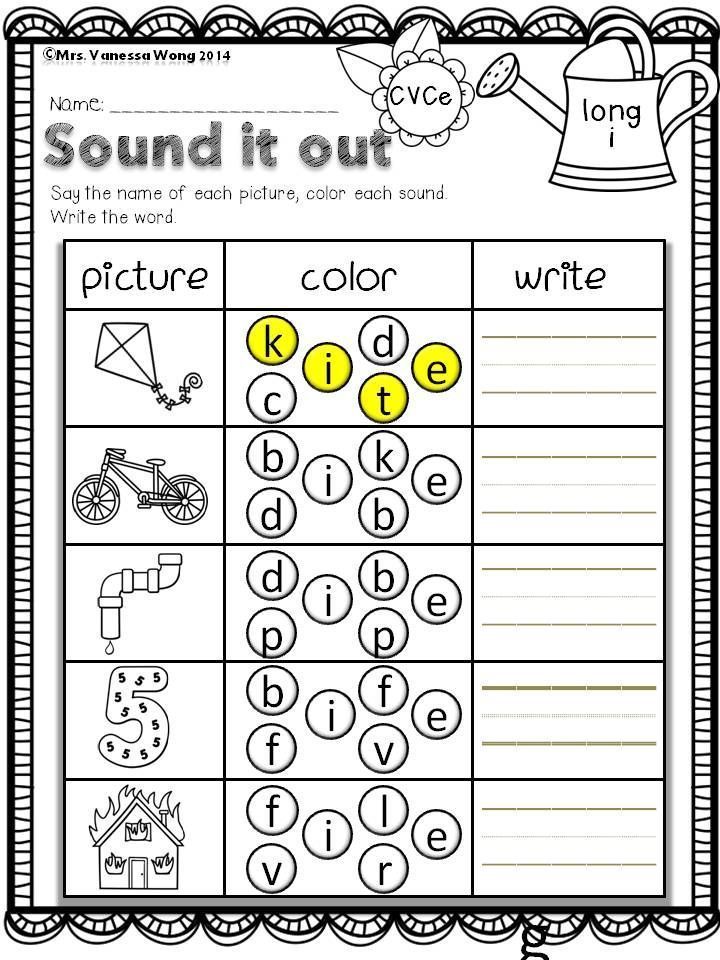 If the two cards match, the player keeps them and takes a second turn. If they do not match, the cards are replaced face down and the next player takes a turn. Play until all the cards are matched. The player with the most pairs wins. If the child has trouble recognizing a word, say the word — do not ask the child to "sound out" the word. The purpose of this game is to build automatic recognition of whole words.
If the two cards match, the player keeps them and takes a second turn. If they do not match, the cards are replaced face down and the next player takes a turn. Play until all the cards are matched. The player with the most pairs wins. If the child has trouble recognizing a word, say the word — do not ask the child to "sound out" the word. The purpose of this game is to build automatic recognition of whole words.
You can control the difficulty of the game by the choice and number of words used: for very beginning readers, choose meaningful words that are visually distinctive: "ghost", "dark", "sister", and keep the number of words low. For a more challenging game, include some words that are less distinctive: "when", "what", "this", "that", but be careful not to overwhelm the child.
Variation 1
Instead of matching pairs, you can use rhyming pairs: look, book; dark, park.
Variation 2
This game can also be used to build letter recognition and letter/sound association.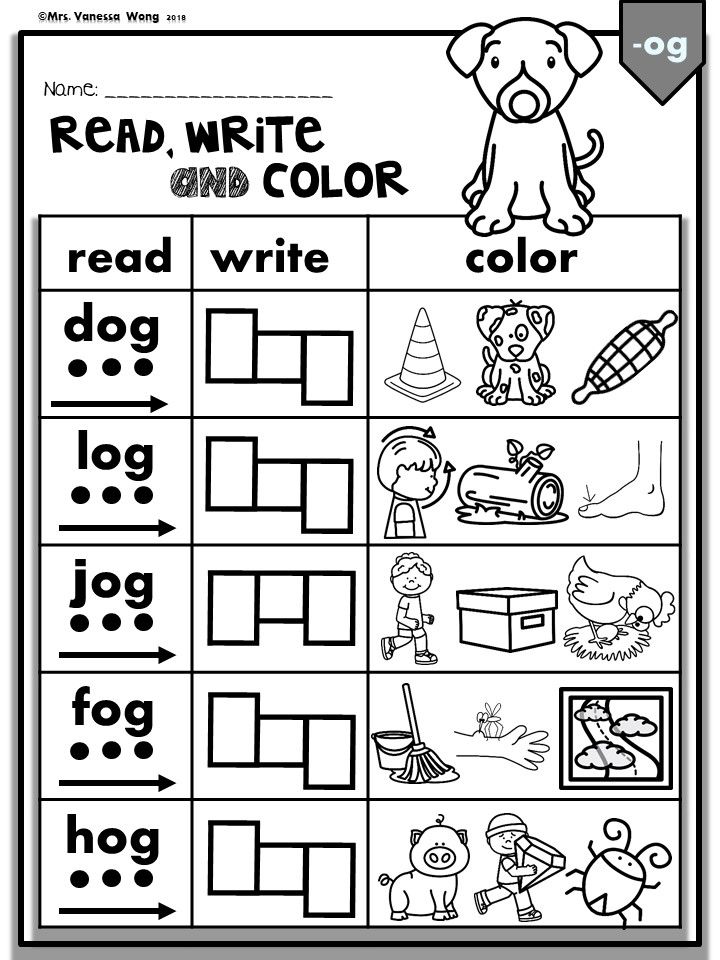 Paste or draw simple pictures on one set of cards; and on the other set, print initial consonants to go with the pictures. For example, paste the picture of a dog on one card, and write the letter "D" on a matching card.
Paste or draw simple pictures on one set of cards; and on the other set, print initial consonants to go with the pictures. For example, paste the picture of a dog on one card, and write the letter "D" on a matching card.
Note: This game can be adapted to use with older children, or more advanced readers: variations can include vocabulary practice such as using homonyms, (words that sound alike but are spelled differently and have different meanings: cent/scent; dear/deer, etc.) or contractions, (can't; cannot, etc.).
Back to Top
2. Go fish
This game is good for early fluent to fluent readers.
To make
Select ten to 20 words from a book (or books) the child is reading. Print the words clearly and boldly on separate 3x5 inch index cards, making pairs of each word. (Children may help by copying the words you write.) Two to four players can play this game.
To play
Shuffle and deal three to five cards to each player. Place the rest of the deck face down.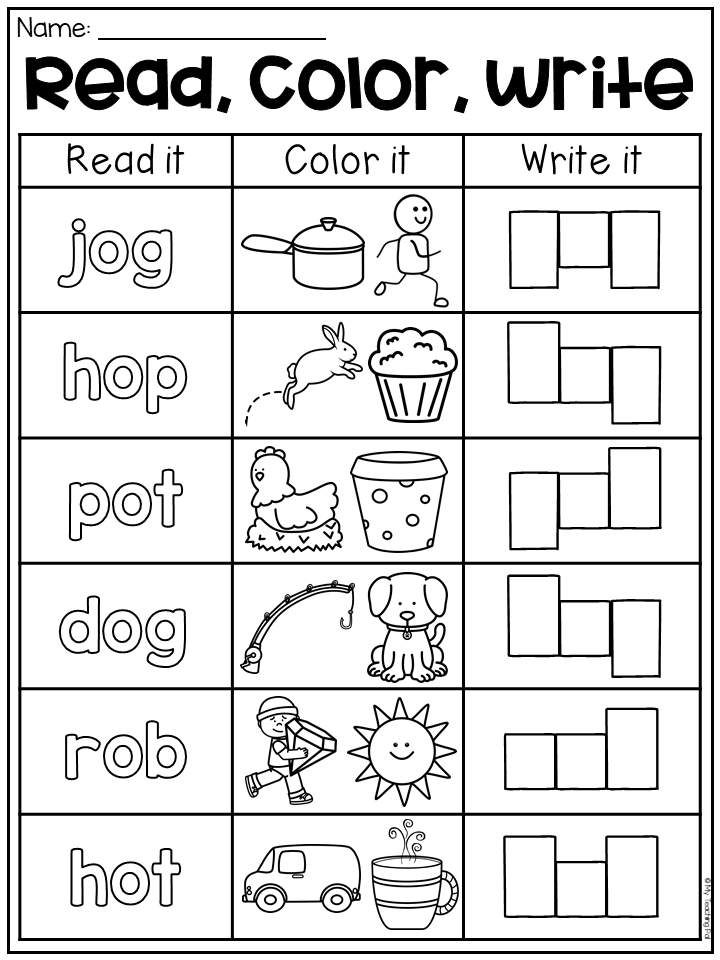 Players take turns asking each other for a card to match one held in his or her hand. If the opponent has a matching card, it is given over, and the first player takes another turn. If the opponent does not have a match, he or she says "Go Fish" and the player draws from the remaining deck of cards, and the next player takes a turn. Each time a player has a match, he or she reads the words, and puts down the pair, face up. Continue the game until the cards are all used up.
Players take turns asking each other for a card to match one held in his or her hand. If the opponent has a matching card, it is given over, and the first player takes another turn. If the opponent does not have a match, he or she says "Go Fish" and the player draws from the remaining deck of cards, and the next player takes a turn. Each time a player has a match, he or she reads the words, and puts down the pair, face up. Continue the game until the cards are all used up.
Instead of matching words, rhyming words can be used. In this case, players ask for "a word that sounds like 'night'..." At the end, the child can earn extra points by dictating or writing additional words that rhyme with the base words, or creating "silly" sentences using the rhymes.
Note: This game can be adapted to use with older children, or more advanced readers: variations can include vocabulary practice such as using homonyms (words that sound alike but are spelled differently and have different meanings: cent/scent; dear/deer, etc.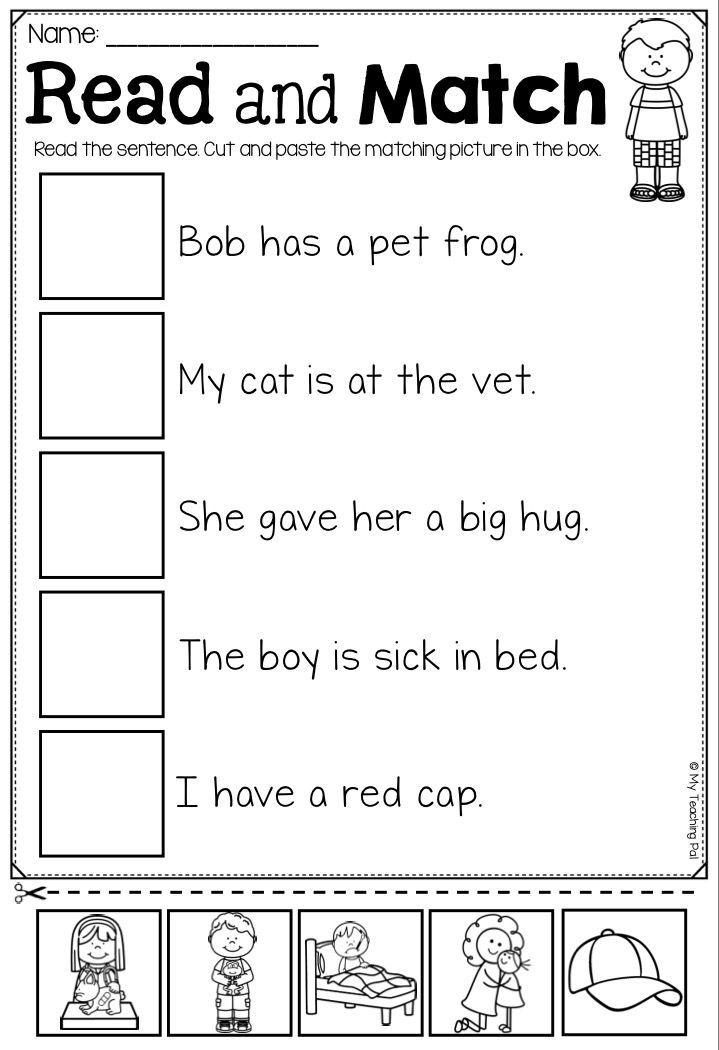 ), or contractions (can't; cannot, etc.).
), or contractions (can't; cannot, etc.).
Back to Top
3. Old maid
To make
Select three words per player from a book (or books) being read. Print them clearly and boldly on separate 3x5 inch index cards, making pairs of words. Choose one more word without a match that will be the winning card.
To play
Shuffle and deal three to six cards to each player. Players take turns drawing a card from a player to their left. If a player draws a card that matches one in his or her hand, he/she reads the two matching words in order to keep the pair. Play continues until all the cards are matched, except for the one odd card. The player who holds that card at the end wins the game.
Note: This game can be adapted to use with older children, or more advanced readers: variations can include vocabulary practice such as using homonyms (words that sound alike but are spelled differently and have different meanings: cent/scent; dear/deer, etc.), or contractions (can't; cannot, etc.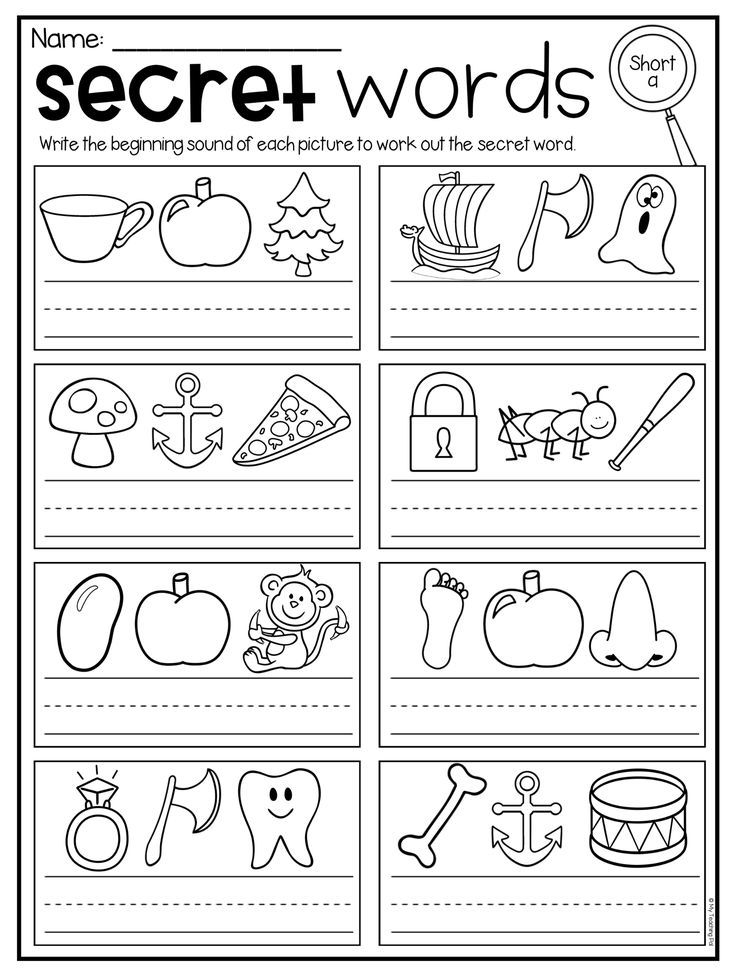 ).
).
Back to Top
4. Monopoly
This is a great game to help teach word family patterns and spelling patterns. This should be used with children who write fairly comfortably, usually second grade or older.
To make
Create a game board with four or five squares on each side. Prepare word cards with families of words that emerge from the child's reading: night, light, tight; went, bent, sent; hat, cat, bat. (For beginning readers or younger children, make sure the patterns are not too similar: mat, sat, rat; man, can, ran; met, set, bet.) Color code each word family and each side of the game board.
Place the words face up around the board in sets. To add to the element of chance, have other game directions on the board, such as "take another turn", "go back 2 spaces", etc. Prepare score sheets for each player with color-coded headings for each word family.
To play
Role dice or use a spinner to move around the board. Wherever a player lands he reads the word, then writes it in the appropriate "word family" category on the score sheet.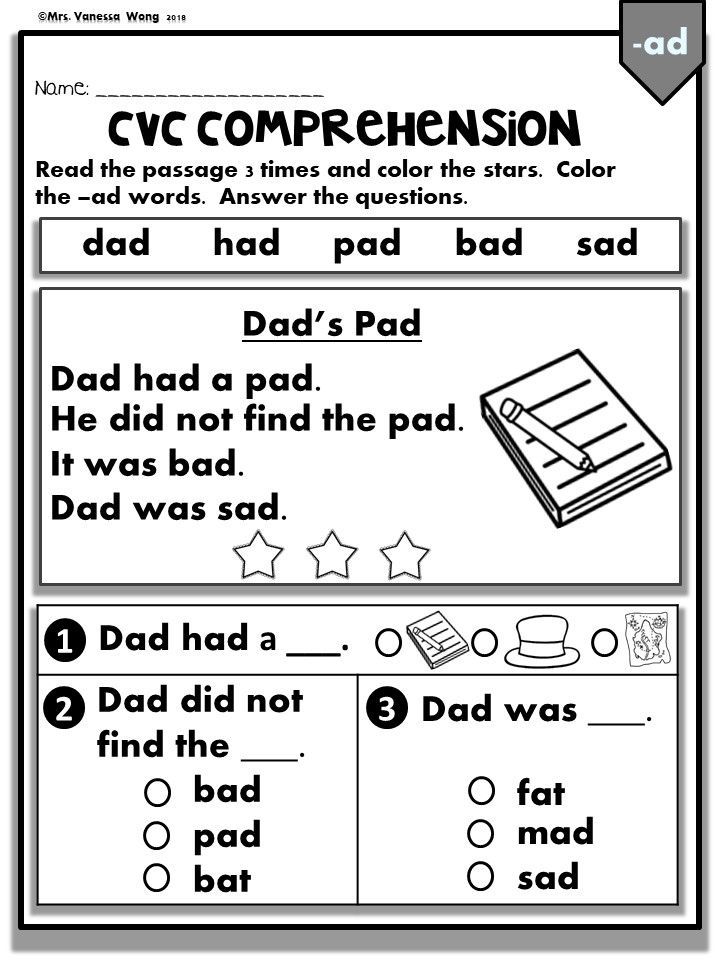 Extra points can be earned by dictating or writing sentences with the rhyming words.
Extra points can be earned by dictating or writing sentences with the rhyming words.
Back to Top
5. Rhyming games
Play rhyming games to teach about the patterns in words. Try the following, for example, for words in the same family as the word black:
- Introduce a poem or rhyming story such as Miss Mary Mack:
Miss Mary Mack, Mack, Mack
all dressed in black, black, black
with silver buttons, buttons, buttons
up and down her back, back, back… - Encourage the child to point out words in books that have a similar spelling pattern as in black.
- Help the child think of other words that have this pattern. You may have to write a few words for him or her:
sack
pack
stackThen have the child read the whole word and underline the repeated part of the word, "ack."
- Using magnetic letters or Scrabble pieces, form a word with the "ack" pattern. Ask the student to change the first letter of the word (for example: 's' in sack) to make a new word, such as pack.
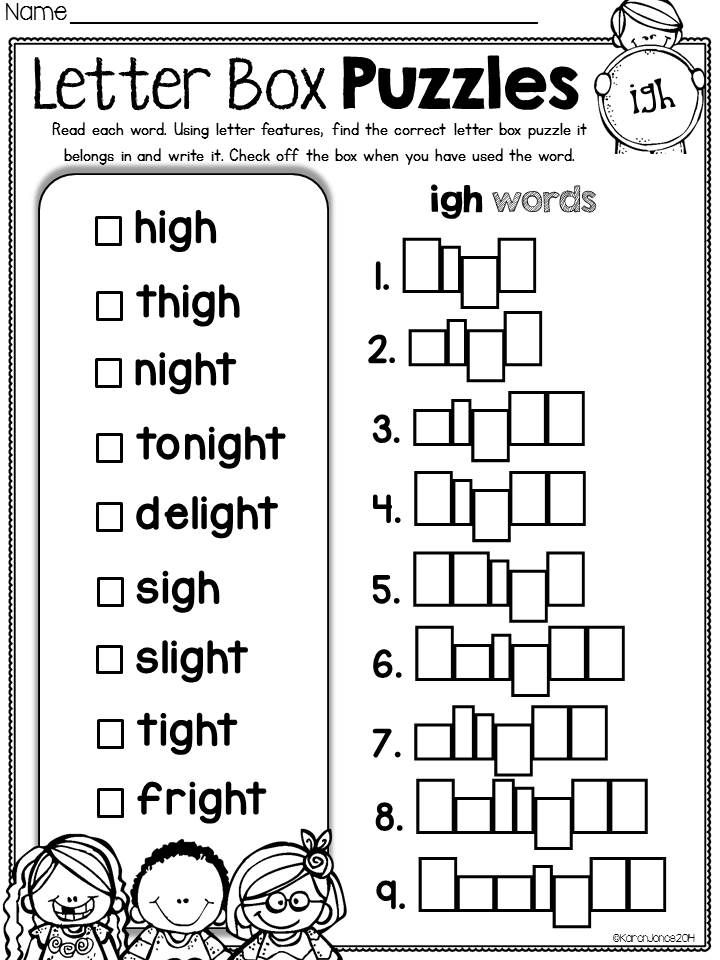 You should be sure to provide a limited number of letters (two or three at first) for the child to choose from.
You should be sure to provide a limited number of letters (two or three at first) for the child to choose from. - Remember to choose a word pattern that is useful and important to the student and that relates to something that he or she has read or will read. If possible, start with a word he or she already knows in the word family. After reading a book about being sad, for example, start with the word "cry" and then follow with "fry", "try", and "wry".
- Remember to review the word families you've chosen to work on periodically by playing some of the other games described above.
- Be sure to give the student a chance to go back to a book, poem, or other texts where he or she can apply this new reading skill. Poems, nursery rhymes, and jump rope jingles are a great resource for early readers.
Back to Top
6. Fishing for sounds
This is a game for emergent readers and writers.
To make
Find and cut out small pictures of familiar objects from magazines, old workbooks, catalogues.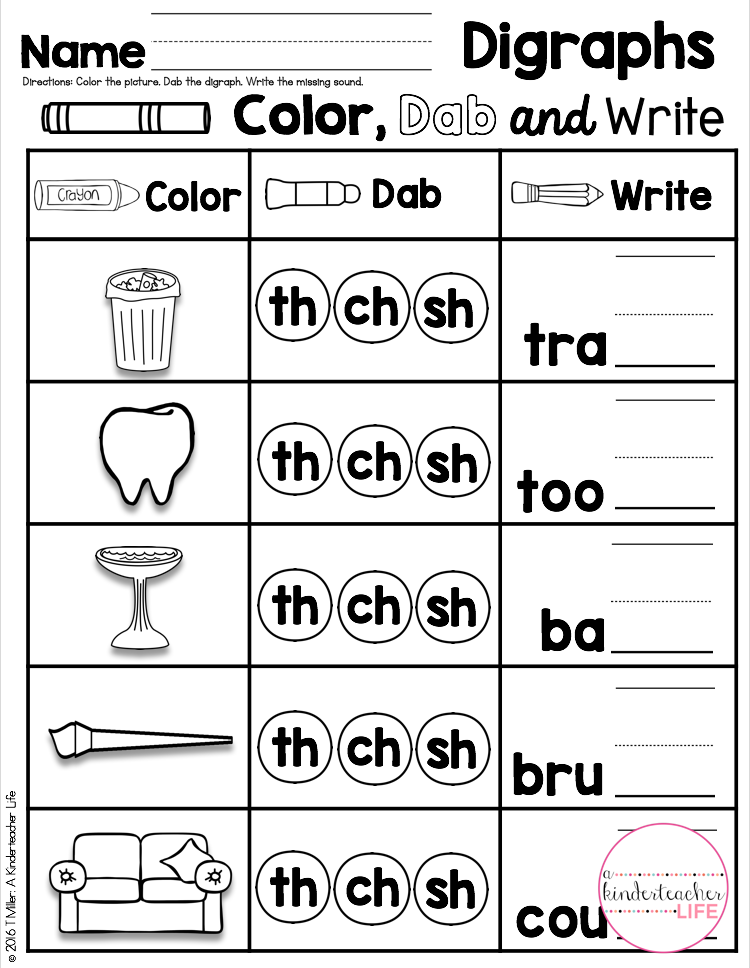 Try to find several pictures that start with the same letter, such as book, bed, basket, boy; snake, sun, skate, slide, etc. (The child can help; this is a good language activity too.)
Try to find several pictures that start with the same letter, such as book, bed, basket, boy; snake, sun, skate, slide, etc. (The child can help; this is a good language activity too.)
Cut out 12-15 fish shapes and paste or draw one picture on each fish.
On individual 3x5 inch index cards or on an 8x11 inch piece of paper or cardboard, print consonant letters with a key picture for each group of pictures found. (For example, print the letter "S" with the picture of a sun to represent all the words beginning with that letter.) (If using a sheet of paper, print only two or three letters per sheet.)
To play
Select two or three sets of fish pictures that start with the same letters and mix them up. Place face down on a table and take turns "going fishing." As each fish is turned over, the child names the picture and places it in the appropriate pile under the key letter / picture. When all the fish are caught and placed correctly, have the child "read" the pictures under each heading.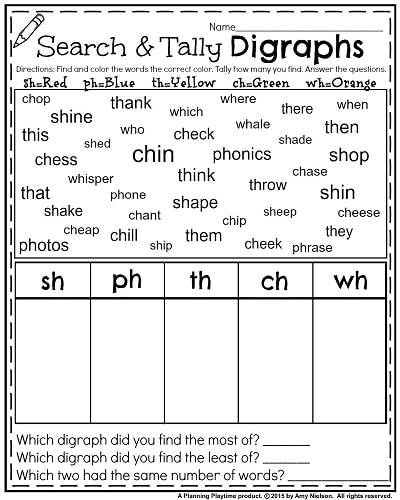 If necessary, read along with him or her, saying the letter name and stressing the initial sound of the word. "Yes, here are 'S' pictures: sssun, sssnake, sssaxophone."
If necessary, read along with him or her, saying the letter name and stressing the initial sound of the word. "Yes, here are 'S' pictures: sssun, sssnake, sssaxophone."
To add excitement, you can play as opponents, each player having one or two categories and key letter / pictures. Take turns fishing, and discard those fish that belong to the other player.
Back to Top
Games at the lessons of writing and literary reading during the period of learning to read and write
Games. Literacy Application
Material for games and their content can be changed according to the requirements teacher and student opportunities. It is desirable to illustrate each games and the use of various toys (ball, doll, etc.).
Brief description of didactic games used in the process of teaching schoolchildren (adaptive stage of schooling)
Game 1. "Half a word is yours"
Purpose: Develop the speech of schoolchildren, replenish vocabulary, develop phonemic hearing.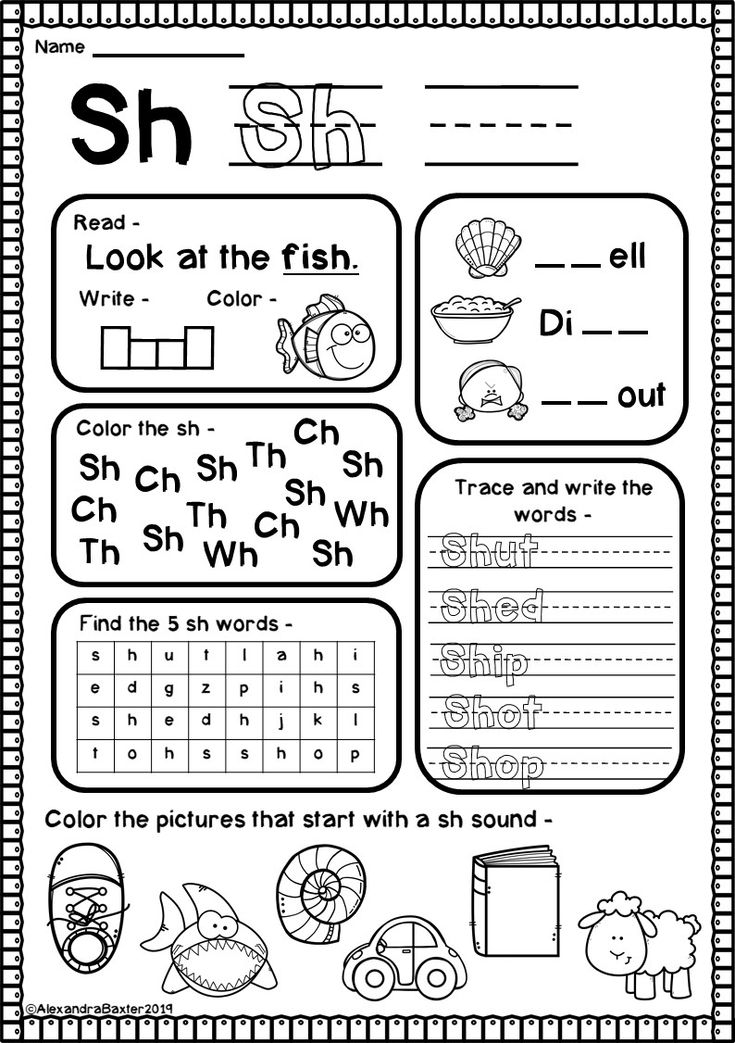
Contents: The teacher pronounces the beginning of the word (name of the subject), students finish word. Words can be selected on certain topics, it is possible to use illustrations. Work can be carried out in pairs and frontally.
Game 2. "Describe the subject"
Purpose: Acquaintance with the concepts of "properties and features of objects", the formation of skills guess the object by its characteristics.
Contents: The teacher or student conceives the subject, others ask suggestive questions, trying to guess what was planned by the signs.
Game 3. "I know"
Goals: The development of students' speech, vocabulary replenishment, the development of observation and attention.
Contents: The teacher (child), using the ball, pronounces the following text, rhythmically hitting the ball on the floor:
- I know five names of boys:
Sasha - times,
Dima - two,
Igor - three,
Denis - four,
Volodya - five.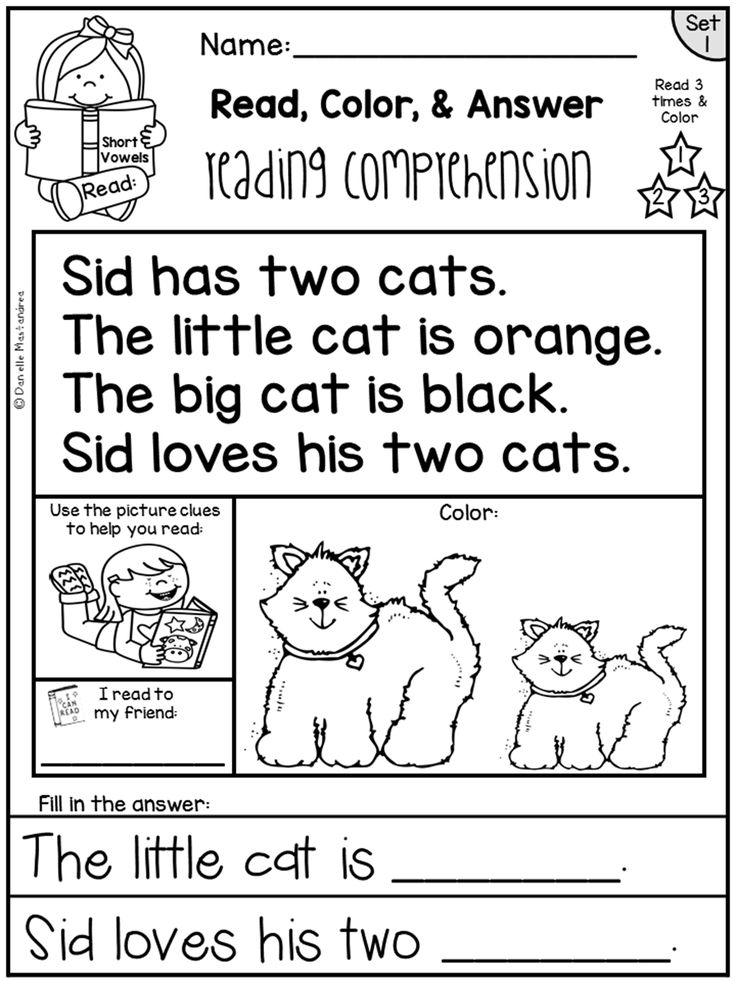
Next the ball is passed to the next player. He names the following five items. it can be any items (toys, flowers, trees, etc.).
Game 4. “Guess what you showed” (pantomime)
Purpose: Develop attention, observation, speech, patience.
Contents: The person who wishes depicts an object (living or inanimate) without uttering any sounds. The rest are trying to guess what is depicted. Can be used for pantomimes of several comers.
Game 5. "Decipher the letter"
Purpose: The development of observation, attention, the ability to focus on finding the necessary letters or syllables.
Contents: The teacher encrypts the letters with any icons or drawings and, using these notation, "writes" the word. Children try to guess the word by finding icons with the letters they represent.
Game 6. "Who is better"
Game is organized on the basis of game 5, where the children themselves encrypt the words using icons provided by the teacher. Solving words together, finding out who is better managed to encrypt the word.
Solving words together, finding out who is better managed to encrypt the word.
Game 7. "Who is more observant"
Purpose: Consolidation of knowledge about letters and sounds, search for letters in the text, development of attention and observation.
Contents: The teacher offers the children a text where students find the chosen by the teacher letter.
Game 8. "Compose a fairy tale about the subject."
Purpose: The development of students' speech, vocabulary replenishment.
Contents: The teacher or children choose any subject and try to compose together a fairy tale about adventures of this subject.
Game 9. "Day - night"
Purpose: The development of students' speech, the ability to focus on finding the necessary concept.
Contents: The teacher calls the word, the children - the opposite in meaning: “Day is night, sweet - sour", etc.
Game 10.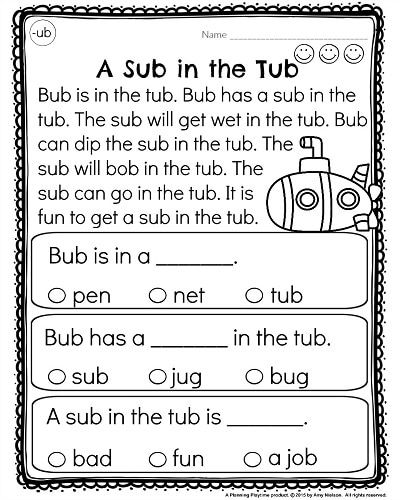 "Make friends with the letter"
"Make friends with the letter"
Children combine sounds into syllables orally, and in writing - write down pairs of letters (syllables - mergers)
Game 11. "We're going to visit"
Children divided into groups: hosts and guests. "Hosts" must meet "guests" using "magic words". "Guests respond in kind."
Game 12. "Make a word"
Children make up words from the syllables suggested by the teacher. Syllables can be bright and colorful illustrated. For example, in the form of balls or flowers, which must be assembled into one bundle or bouquet.
Game 13. Put it in order
Suggested a series of illustrations related to the same topic, but arranged incorrectly. Children should determine which of the illustrations depicts what happened earlier or later, i.e. arrange in order.
Game 14. “Fabulous possessions of the Rainbow. Describe"
Children describe the objects surrounding them, using knowledge of the colors of the rainbow, trying Describe the subject as clearly as possible.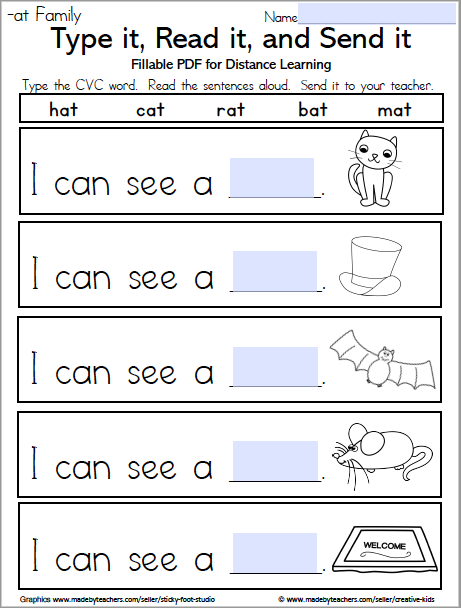
Game 15. Hammers
Children "tap" the rhythm of the words, striking each vowel sound in the words pronounced teacher, with a stick on the table, highlighting the percussive sound. The game helps to fix knowledge of vowel sounds and stress.
Game 16. "The letter got lost"
Children must “fix” the words where the letters are messed up by putting them in their place.
Game contributes to the development of attention, observation, as well as the development of phonemic hearing.
Game 17. “Time got angry and left. Catch up»
Children transform phrases, words, sentences using the categories “before, after, then, now". Make up your own sentences, correct incorrectly constructed phrases that suggested by the teacher.
Game 18. "When it happens"
Children guess the season (spring, summer, winter, autumn) according to the changes in nature indicated teacher.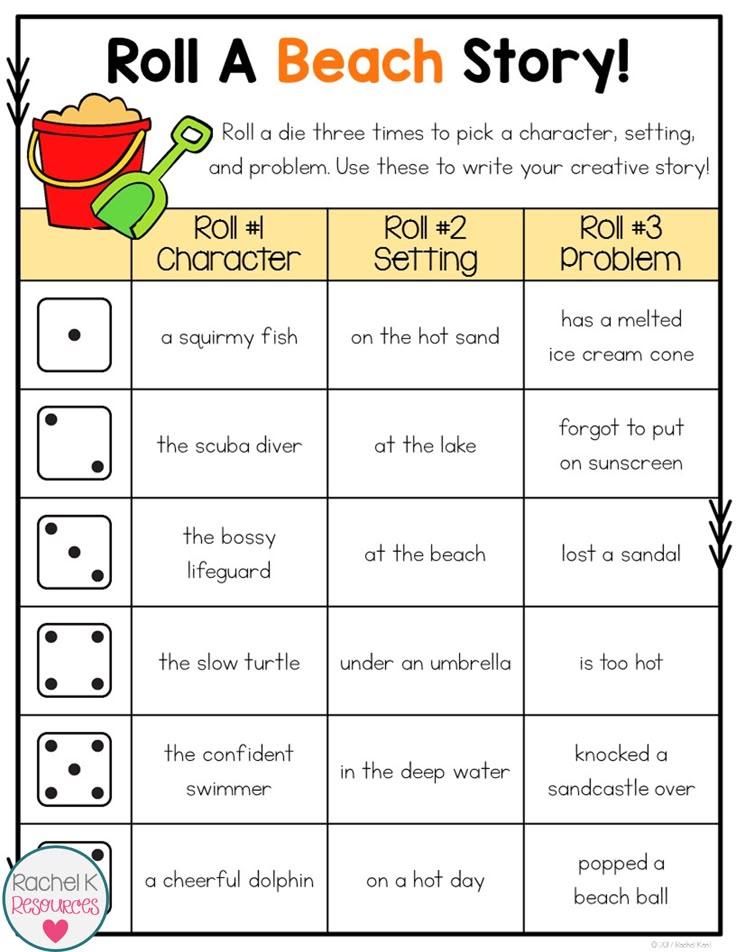 During the game, time categories are repeated. Possible use illustrations.
During the game, time categories are repeated. Possible use illustrations.
Game 19. "Bells"
Meaning The game is to search for voiced consonants in the words pronounced by the teacher. Children depict bells that ring for each voiced consonant sound. The game contributes to the development of attention and phonemic hearing of children.
Game 20. "Correct mistakes"
Meaning the game is to search for sounds or letters that were incorrectly indicated by the fabulous guest (Dunno, Pinocchio). The game is illustrated.
Game 21. "Words"
Teacher asking questions what? who? which? what is he doing? and others. Children find words that answer to the question asked. The game uses a ball passed to the responding children.
Game 22. "Knots for memory"
Children tie knots each on their own string, remembering the rules, questions, sounds and letters. Everything is commented out loud. The material is selected by the teacher.
Everything is commented out loud. The material is selected by the teacher.
Development exercises speech
Development of hearing.
If the child is weak in hearing sounds, distorted pronounces or replaces them with others, he will not be able to clearly imagine the sound form of the word itself. In this case, you will need the following group exercises.
Exercise #1. "Name the Words" (for development of auditory differentiation).
Task #1.
"Name as many words as possible that begin with the sound A" (T, O, P, K, etc.).
Task #2.
"Name as many words as possible that end with the sound P" (I, O, S, L, etc.).
Task #3.
"Name as many words as possible that have the sound L in the middle" (N, E, D, B, F, etc.).
Exercise #2. "Clap clap" (learning the sound analysis of the word).
This exercise also has several options.
1. "Now I will call you the words, and you, as soon as you hear the word, which begins with the sound C (B, O, G, D, W, etc.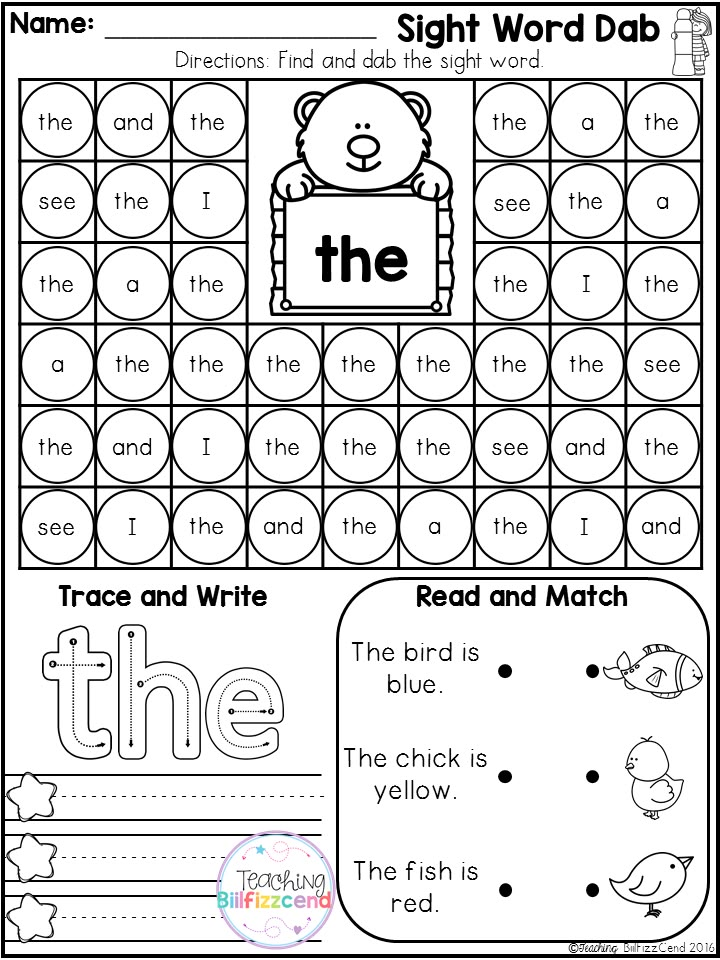 ), you immediately slam into hands".
), you immediately slam into hands".
Option: the child must "catch" the sound to which the word ends, or a sound in the middle of a word.
Dacha, cat, hat, fox, road, beetle, window, lump, plate, bread, rain, linden, lamp, river, hair, etc.
2. "Now I will call you words, and you, as soon as If you hear a word that has a K sound, clap your hands 1 time. If you hear in word sound G - clap 2 times. "
It is better to start the exercise at a slow pace, gradually increasing the speed.
Cow, jelly, mountain, mink, guitar, boot, bitch, hand, caught up, pushed, etc.
This exercise will also help you check how your child is doing with reaction.
Exercise #3. "Playing with the word" (learning the sound image of the word).
Task #1.
"Come up with a word that starts / ends with the same sound as in the word "frog", "flag", "table", etc.".
Task #2.
"What is the first / last sound in the word 'ray', "power", "sofa", etc.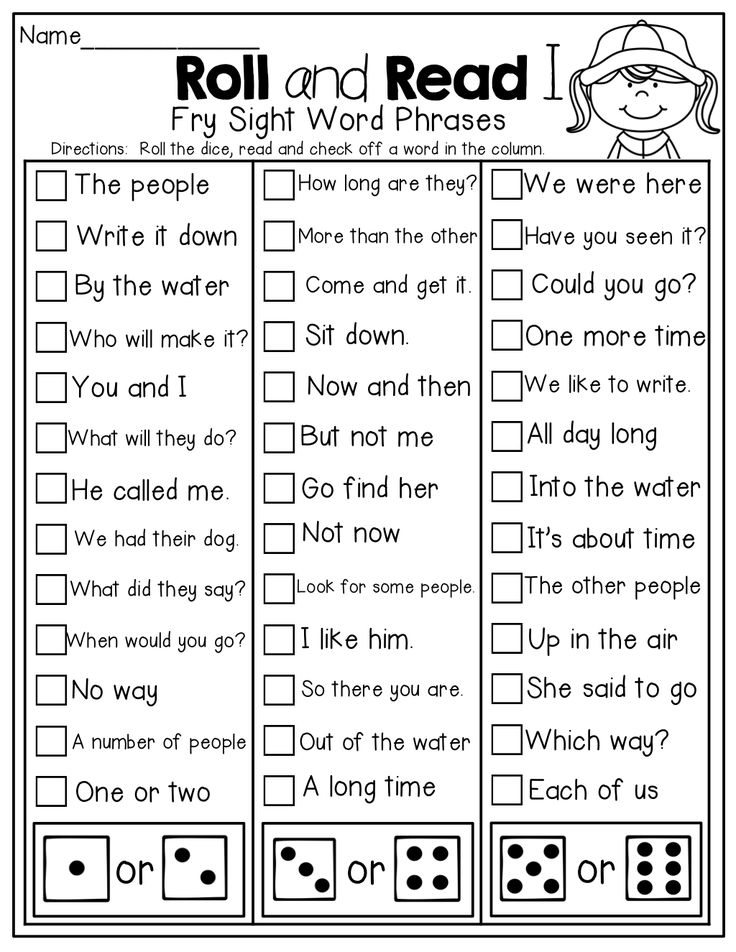 ".
".
Task No. 3.
"Name all the sounds in order in the word "sky", "cloud", "roof", etc.".
Task No. 4.
"What sound in the word "fish" is the second, fourth, first, third? (chair, carpet, shell, cloud), etc.".
Exercise No. 4. "Confusion".
"Listen carefully to the poem.
| Who sitting on a tree? |
Ask the child: "Which words got mixed up? Why? How are these words similar to each other? How are they different?"
You can give a little hint to the child, but the main thing is to lead him to the idea that one sound can completely change the meaning of a word.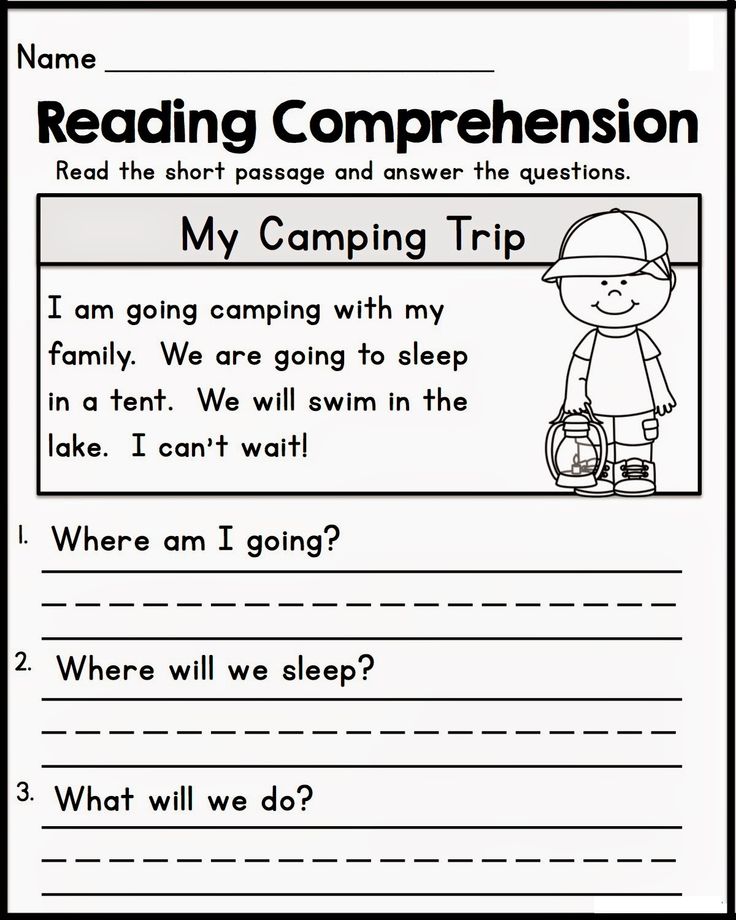
Exercise #5. "Come up with a new word".
Task: "I will now tell you a word, and you try change the second sound in it so that a new word is obtained. For example: house - smoke.
Words to change: sleep, juice, drank, chalk.
Words to change the first sound: dot, bow, varnish, day, pedal, layout.
Words to change the last sound: cheese, dream, bough, poppy, stop
Exercise No. 6. "Circle"
It will be useful if the child cannot write
Task: "Now we will write some words, but not in letters, but in circles. How many sounds in a word, so many circles you will draw. say the word "poppy". How many circles should be drawn? Three".
Sample: MAC - 000
Attention: when choosing words for the exercise, try to keep the number of sounds in them matched the number of letters. So, in the word "horse" there are 4 letters, and the sound three - [k - o - n ']. Such words can cause difficulties for the child.
Words for dictation: grass, paper, pen, roll, stick, camomile, star, pine, phone, tablet.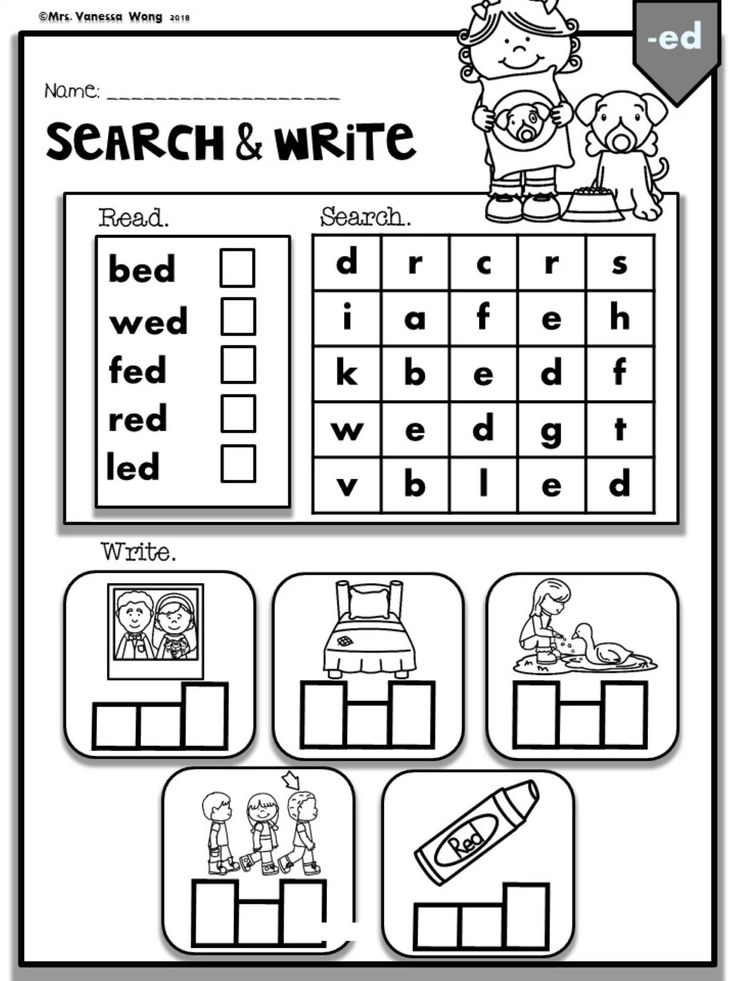
Exercise #7. "Longer-shorter".
Task: "Now we will compare words. I will say two words, and you decide which one is longer. Just remember that words should be compared, not the things they stand for. You know, do not you, that the word is not the thing. Take the word "nose" for example. It can be say, but you can write - but you can’t breathe with it, it’s just a word. And real you can breathe through your nose, but you can’t write or read it."
Words for comparison: table - table, pencil - pencil, antennae - mustache, dog - dog, tail - tail, snake - snake, worm - worm.
Vocabulary development.
The quality and quantity of the child's vocabulary in many ways determine the level of speech development in general. It is very important for you to pay attention to passive (that is, those words that are stored in the memory reserve), and active (words that are constantly used) vocabulary. Highly it is important that the child knows what meanings the word has, knows how to correctly use it in independent speech.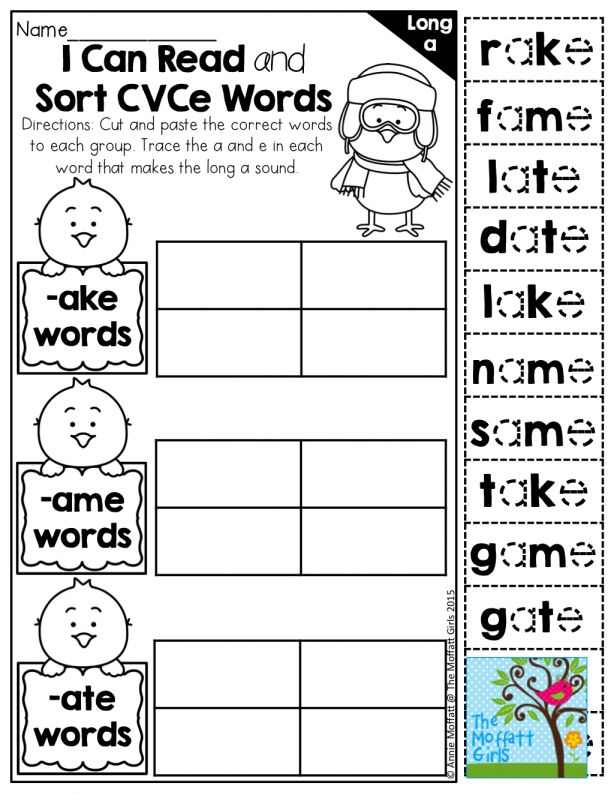 This will help offered here exercises.
This will help offered here exercises.
Exercise #8. "Word game".
Task #1 .
"Name as many words as you can for fruits" (vegetables, trees, flowers, wild and domestic animals and birds, toys, tools, furniture, professions, etc.).
Task #2.
"Now I will tell you the words, and you will tell me what this the subject can do.
Snowstorm - sweeps, and thunder - ..., wind - ..., and snow - ..., rain - ..., and sun - ....
Do not forget to ask with each answer: "What else does the sun do, it not only shines?" Let the child pick up as many words as possible, denoting action.
Then you can repeat the same game in reverse: “Who flies? Who swims? Who hammers nails? Who catches mice?"
Exercise No. 9. "Sign".
Task No. 1.
"Tell me, if the object is made of iron, then what is it called, what him?"
iron -
paper -
wood -
snow -
fluff -
glass -
Task No.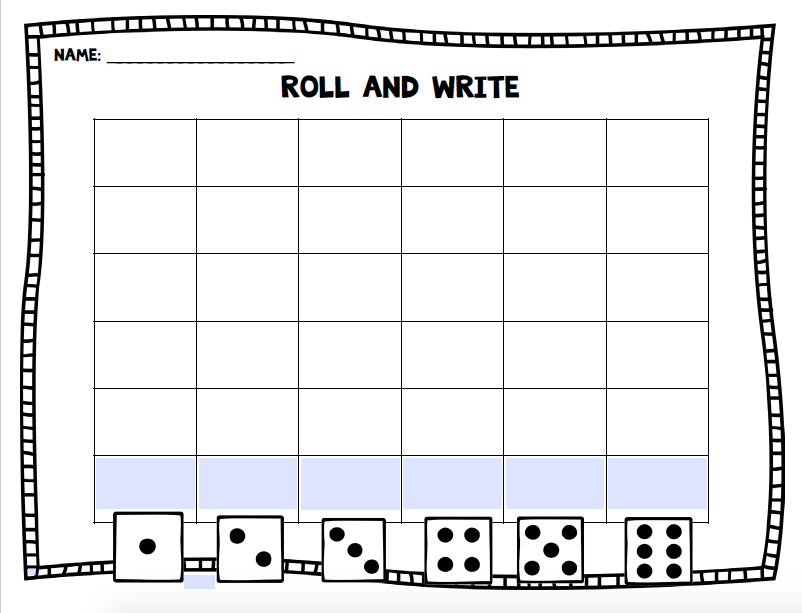 2.
2.
"Name another object as white as snow."
(Same narrow as a ribbon; as fast as a river; as round, like the ball; as yellow as a melon).
Task #3.
"Compare:
in taste - lemon and honey, onion and apple;
in color - cloves and chamomile, pear and plum;
in strength - rope and thread, stone and clay;
in width - road and path, river and stream;
in height - a bush and a tree, a mountain and a hill.
Exercise number 10. "Guess".
Task: "Guess the riddle:
It flies, it squeaks,
It drags long legs,
It won't miss a chance -
It sits down and bites.
(Komar)
Round, striped,
Taken from the garden.
Sugar and scarlet steel -
Please eat.
(Watermelon)
How did you guess what it was about? Try to describe to me some object, and I'll try to guess who or what it is."
Exercise No. 11. "Friend words" (an exercise on synonyms).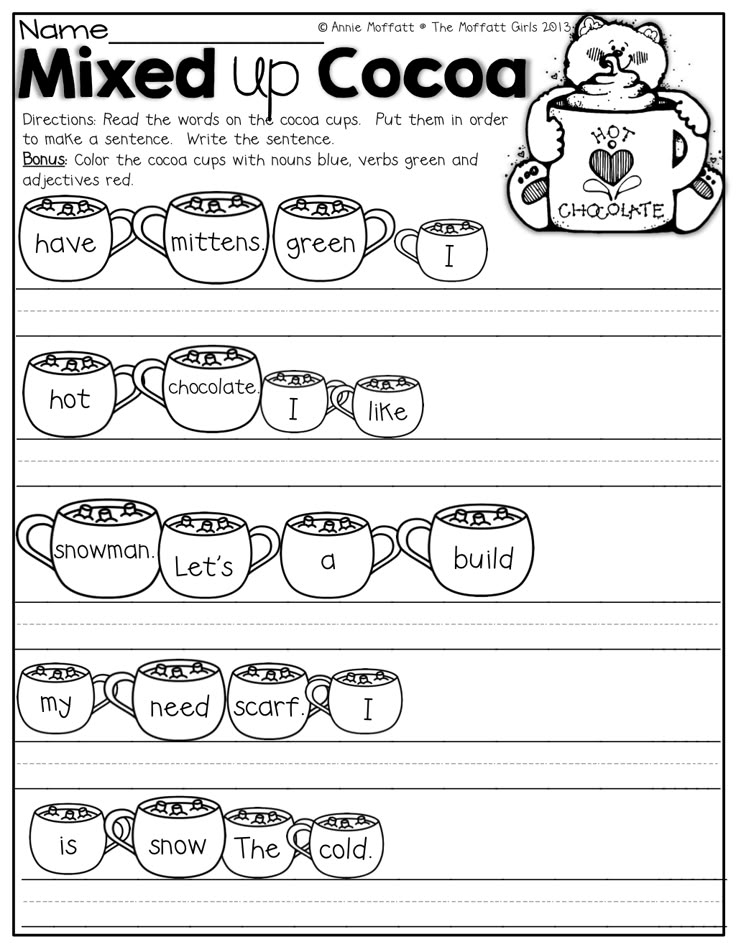
Task #1.
"What else do you think you can say about a sad person?" (sad)
"Valuable - what is it? Hard - what is it?"
Task #2.
"What word can replace the word "horse"? The word "doctor", "cup", "food"?"
Task No. 3.
"Which word is superfluous, does not fit with other words? Why?"
Sad, sad, dull, deep
Brave, sonorous , bold, courageous
Weak, brittle, long , fragile
Strong, strong, far0007
If the child does not understand the meaning of a word, explain his.
Exercise number 12. "Words-enemies" (exercise on antonyms).
Task: "Say the opposite:
cold, clean, hard, thick;
dull, wet, older, light;
spacious, enemy, top, lose;
raise, day, morning, spring;
winter, tomorrow, early, close;
low, rarely, slowly, joyfully;
dark, sat down, took, found;
forgot, dropped, littered, straightened.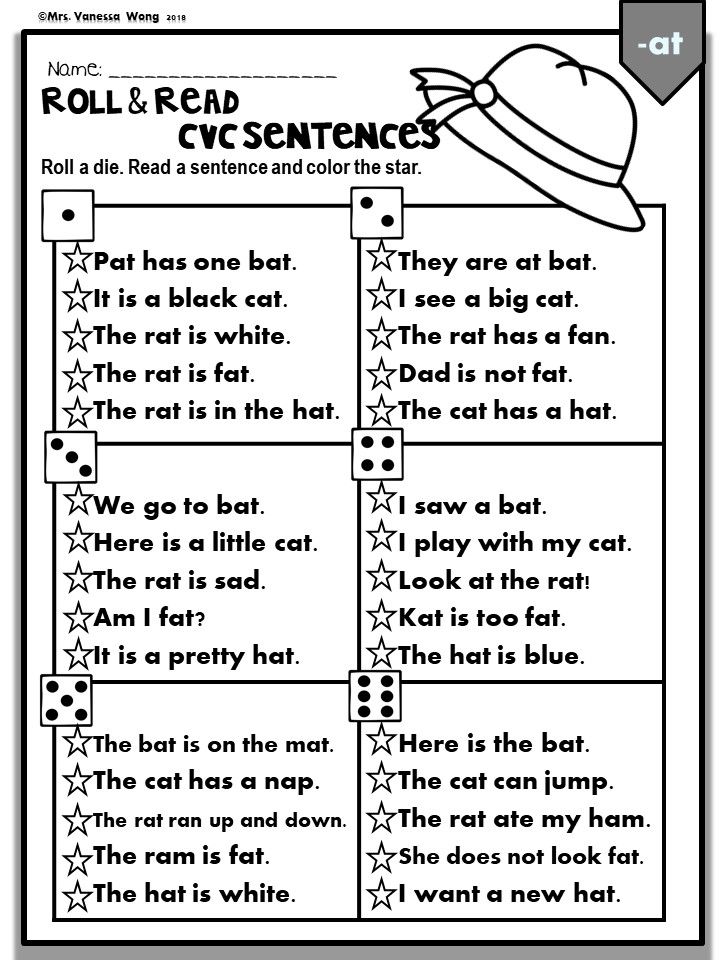
Exercise #13. "One and Many" (change words by numbers).
Task #1.
"Now we will play the following game: I will name one object with a word, and you name the word so that you get a lot of things. For example, I will say "pencil" and you should say "pencils".
book, pen, lamp;
city, chair, ear;
child, person, glass;
name, spring, friend.
Task #2.
"Now let's try the other way around. I'll say a word that means a lot objects, and you are alone".
claws, clouds, warriors, leaves;
flowers, saws, well done, stems.
Exercise No. 14. "Decrease".
Quest: "Tell me the name of the little subject? A small ball is a ball, and a small table is..."
grass, arm, shoulder, sun, bank;
chair, book, flag, cup, hat.
Exercise No. 15. "Finish the word."
Task: "Guess what word I want to say? Po..." (Pillow)
Syllables that words can begin with: za, mi, mu, lo, pri, ku, zo, che, etc.
Exercise #16. "Explain the word."
Task: "I want to find out how many words you know. What is a bicycle?"
knife, hat, ball, letter;
umbrella, pillow, nail, donkey;
fur, diamond, connect, shovel;
sword, trouble, brave, hero;
poem, gambling.
The purpose of this exercise is to teach the child not only to recognize new words through the explanation, but also to clearly express the thought, indicating the main view use of the object, describing its features.
You can do all these exercises several times, completing the rows of words on one's own.
Development of grammar skills.
The next block of exercises is aimed at developing grammatical structure of speech. Training tasks will help the child learn correctly compose simple sentences, correctly connect speech constructions, understand the sequence of events in the text.
Exercise #17. "Who what?" (drawing up proposals for different models).
Task: "Try to make a sentence in which will talk about
Who? What is he doing? What?
For example: The cat laps milk.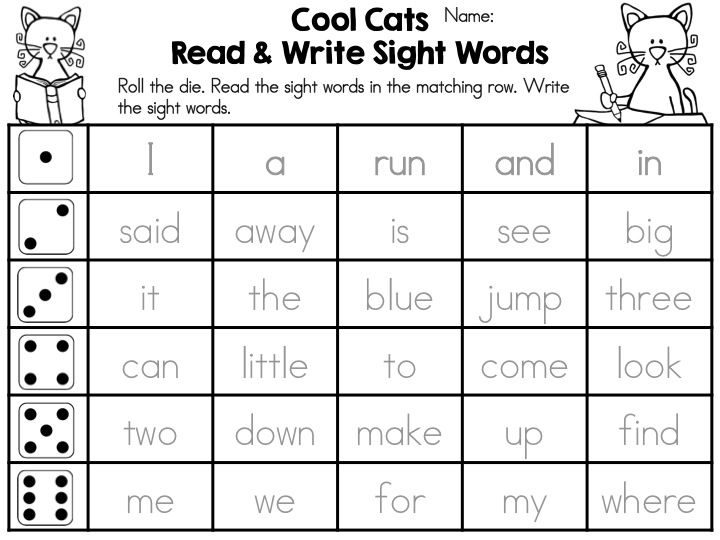
Who? What is he doing? What? With what? (The gardener is watering the flowers with water)
Who? What is he doing? What? For whom? (The girl is sewing a dress for the doll)
Finish sentence".
Task: "Try to guess the end of the phrase".
Children ate ca... . There are paper and crayons on the table... . Grimes grow in the forest... . In the garden flowers grow... We have a rooster and ... . In winter it happens ho ... .
Exercise #19. "Add Words" (distribution of offers).
Task: "Now I will say a sentence. For example, "mom sews a dress." What do you think can be said about the dress, what it is (silk, summer, light, orange)? If we add these words, how will Phrase?"
A girl feeds a dog. Thunder rumbles in the sky. A boy drinks juice.
word sentences).
Task #1.
"Make up sentences using the following words:
a funny puppy, a full basket, a ripe berry, a cheerful song,
a thorny bush, a forest lake.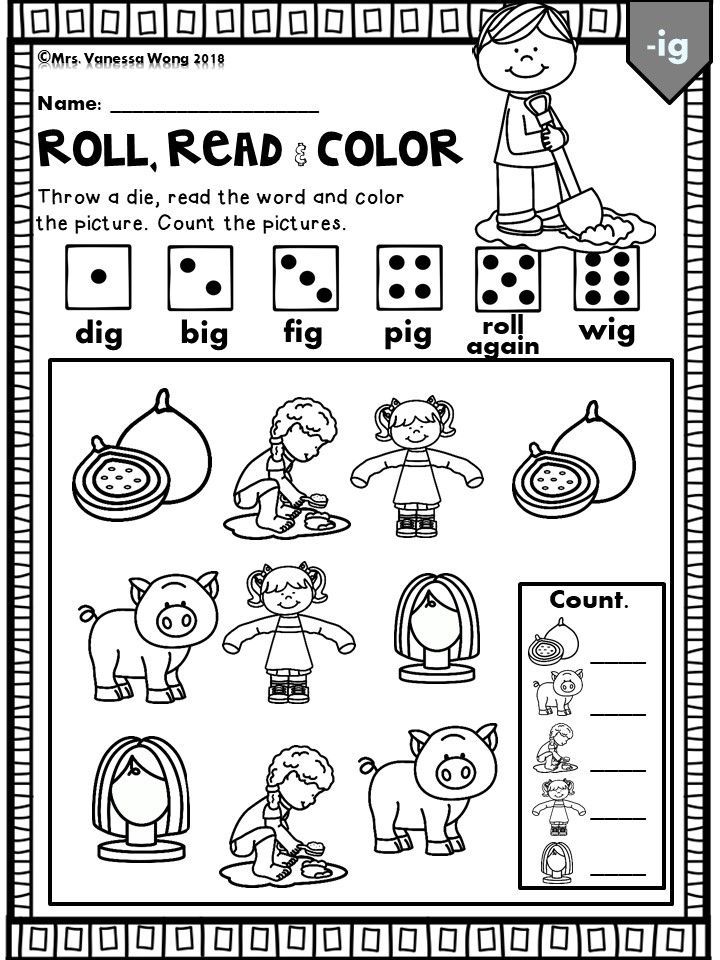 "
"
Task #2. Try to put them in their place. What will happen?"
1. Smoke, goes, pipes, from.
2. Loves, bear cub, honey.
3. Stands, vase, flowers, v.
4. Nuts, in, squirrel, hollow, hides.
Exercise No. 21. "Missing Words"
Task: "Now I will read you a story. But several the words are lost in it. Try to guess which ones."
1. Silence reigns in the dense _____. Black ________ tightened sun. The birds are silent. Here comes _______.
2. Winter. All paths are covered with fluffy _______. Smooth _______ dressed the river. The guys built a high __________. _______ sleds are rushing fast. Cutting _______ hits the kids in ______. Frost pinches _______. ________ are not afraid of the cold. Their _______ are burning with joy.
3. The weather is hot: the sky is _______, the sun is shining _______. Kolya and Olya are going walk in the field ______ . They listen to the singing of little ________ there. They collect _______ .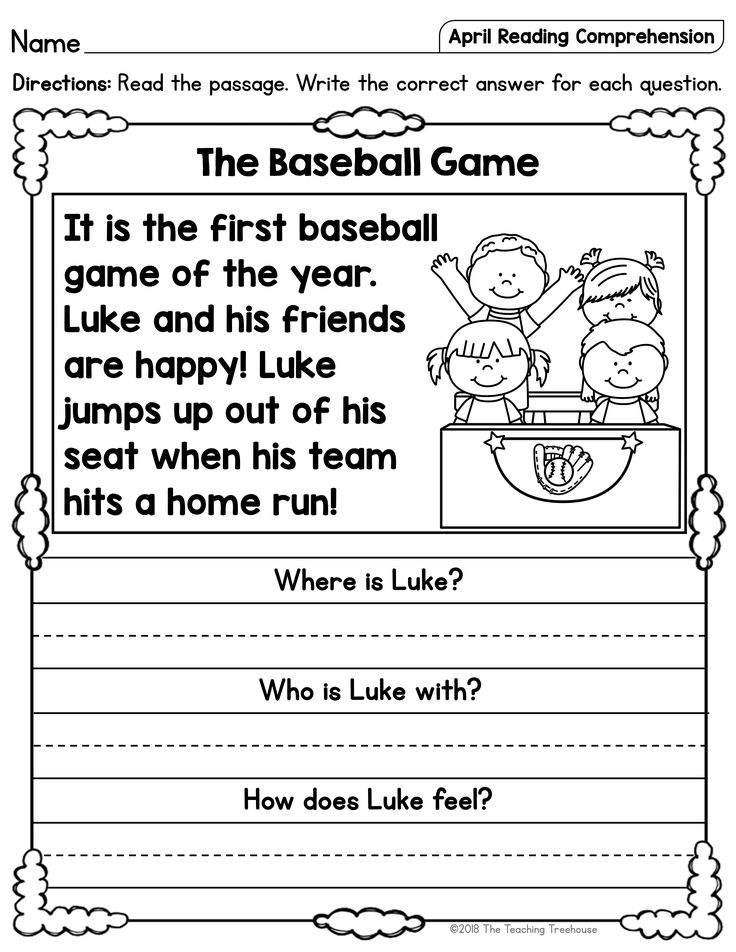 Suddenly the sky becomes dark, it is covered with large ________. Small children are in a hurry to return ____. But before they could come ______ broke out. The children were afraid of ________ thunder. They knocked on one ______ to hide from the strong _______ as they don't have _______ with them and their clothes are quite _______ .
Suddenly the sky becomes dark, it is covered with large ________. Small children are in a hurry to return ____. But before they could come ______ broke out. The children were afraid of ________ thunder. They knocked on one ______ to hide from the strong _______ as they don't have _______ with them and their clothes are quite _______ .
Exercise #22. "Find the mistake."
Task #1.
"Listen to the sentences and tell me if everything is correct."
Apple trees blossomed in the garden in winter.
Below them was an icy desert.
In response, I nod to him.
The plane is here to help people.
Soon succeeded me by car.
The boy broke the ball with glass.
There will be rain after the mushrooms.
In the spring, the meadows flooded the river.
The snow was covered with a lush forest.
Task #2.
"How should the sentence be corrected?"
Exercise #23. "Explain."
Task: "Listen to the phrase:
The dog goes to the kitchen. She drinks the cat's milk. The cat is unhappy.
She drinks the cat's milk. The cat is unhappy.
Explain why the cat is unhappy.
Petya went to the cinema after finishing the book.
What did Petya do before : read a book or went to the cinema? Explain.
Vanya drew Sasha. Sasha drew a house.
Who drew what? Explain."
Exercise #24. "What is in
"Tell me how you understand these expressions:
iron ax - iron man
golden arrow - golden hands
poisonous bite - poisonous look
sharp knife - sharp word
low table - low deed
stale bread - stale person".
Exercise No. 25. "Correct or no?"
Task: "Do you think it's okay to say that?"
Mom puts a vase of flowers on the table.
When they want to buy something, they lose money.
Grandmother and grandfather live under the house on the edge.
There is a beautiful carpet on the floor.
Ask the child: "Why are the sentences inaccurate?"
Exercise #26. "Where is the beginning of the story?"
The child needs to establish a sequence of events according to series of pictures.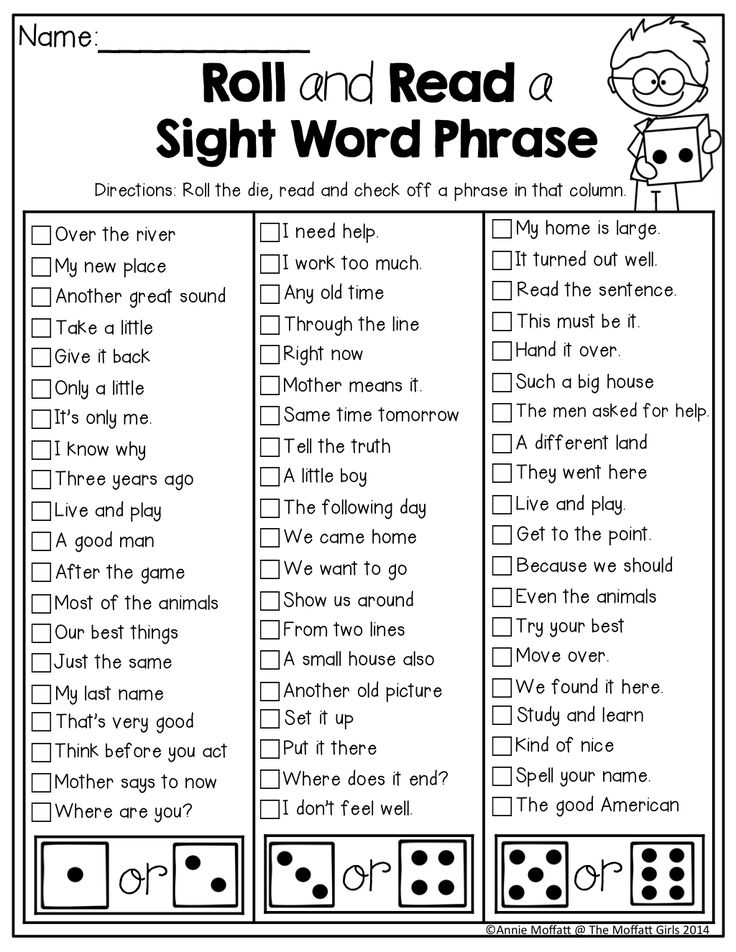 Show the child a series of pictures
Show the child a series of pictures
Task: "Look, all these pictures are connected. But they are confused. Find where the beginning, where the end of the story is, and tell me what she."
Exercise #27. "Story by picture".
Give the child the opportunity to carefully look at the picture and ask them to tell the story depicted on it. This exercise should repeat as often as possible, using any drawings that are of interest to the child.
Here are some rules that are important to follow when compiling story.
It is important to teach a child to see and highlight the main content, features stories. Help your child by asking questions.
- What is this picture about?
- Who is the main character?
- What's going on?
- What characters are in the picture?
- What is their character?
- What is the name of this story?
With the same success, you can add a workout to this exercise to retell the text. You read to a small child (up to 20 sentences) storyteller, then ask him to retell what he heard.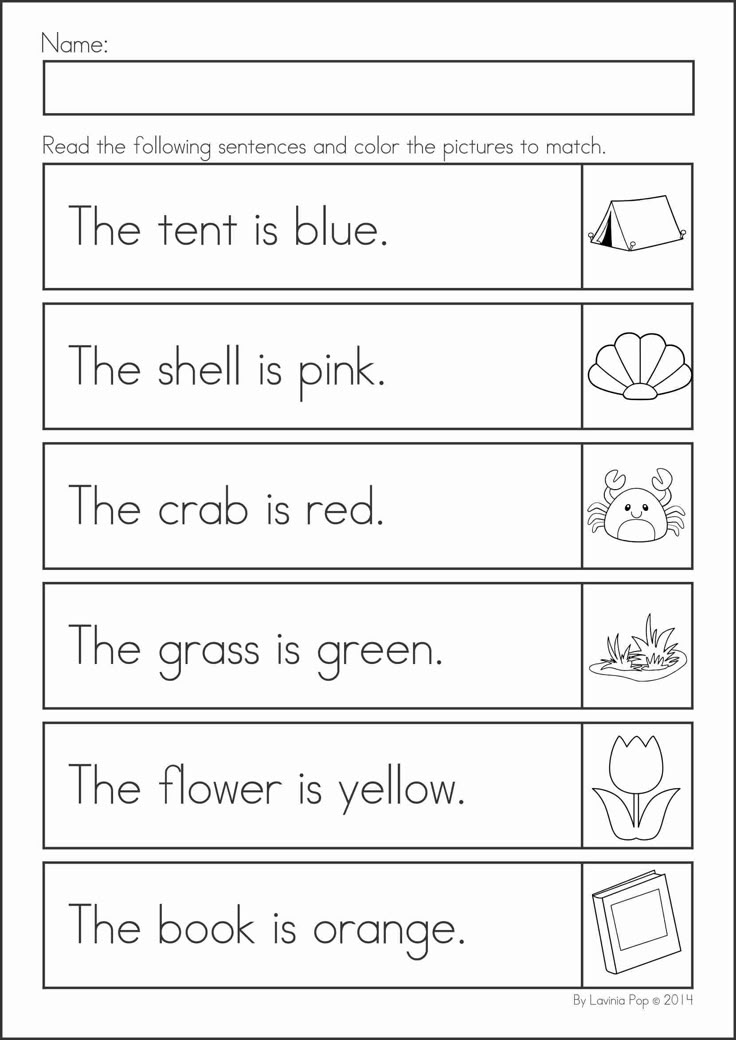 At the same time, follow how the child understood the main meaning of the story, can he verbally express it, is it easy finds the right words, does he allow incorrect grammatical forms, whether he uses complex sentences.
At the same time, follow how the child understood the main meaning of the story, can he verbally express it, is it easy finds the right words, does he allow incorrect grammatical forms, whether he uses complex sentences.
Exercise #28. "Choose a rhyme."
First, check if the child knows what rhyme is. Explain that two words rhyme if they end in the same way, for example, an ox is a goal.
Invite the child to independently choose a rhyme for the words:
porridge, howl, pillow, juice;
snow, cat, circle, bowl;
river, cloud, barrel.
The child needs to pick up at least three rhymes for each word.
Exercise #29. "Compose suggestion".
Quest: "Now we will connect several offers. For example, I say a sentence: "It's raining in the forest. Thunder thunder". These sentences can be connected using a small bridge word "and", then from two it will turn out one. "It's raining in the forest and thundering thunder."
Now try it yourself.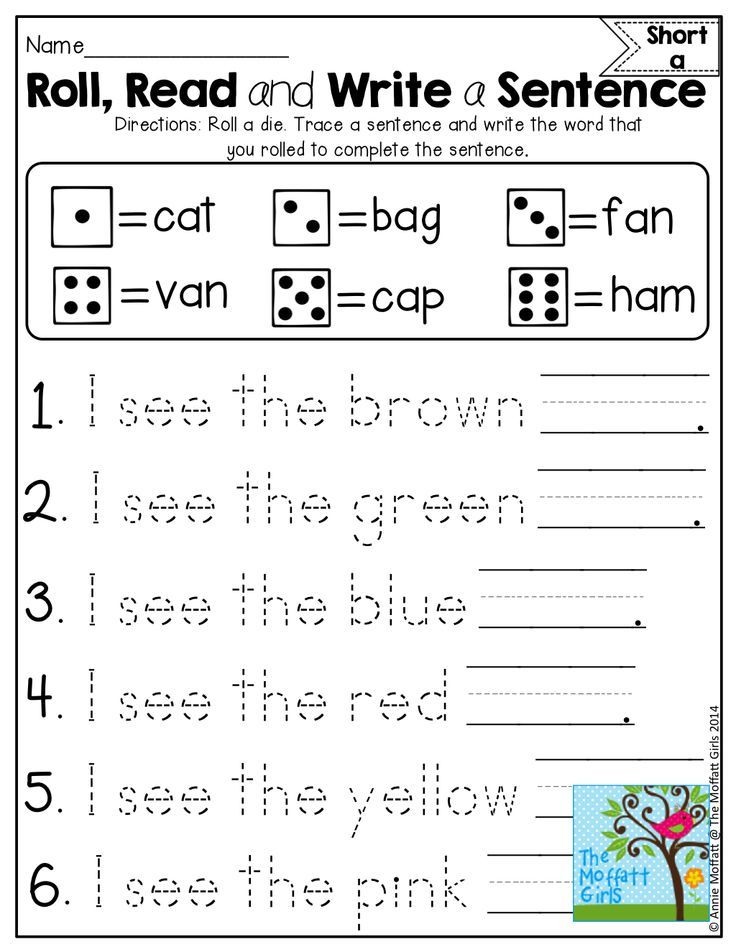 "
"
The sun is shining brightly. Birds are singing.
There is another possible variation of this exercise: ask child to finish the phrase.
The children went out and ...
Po the same scheme, you can train the child to make sentences with unions "a", "but", "although", "but", "if, ...then".
Games. Speech development
Serious problems arise in the school due to the lack of literacy of students. To prevent these problems or help children overcome similar difficulties, it is necessary to start work as early as possible with the development of their spelling vigilance. Targeted Spell Detection Training Begins mainly in the process of sound-letter analysis of words. To become an appropriate skills the following exercises are useful:
1. Games: "Find a dangerous place"
- I will pronounce the words and you clap as soon as you hear a sound that cannot be trusted when writing. BUT which sound(s) cannot be trusted? How to find it? ( Necessary Determine if a word has an unstressed vowel.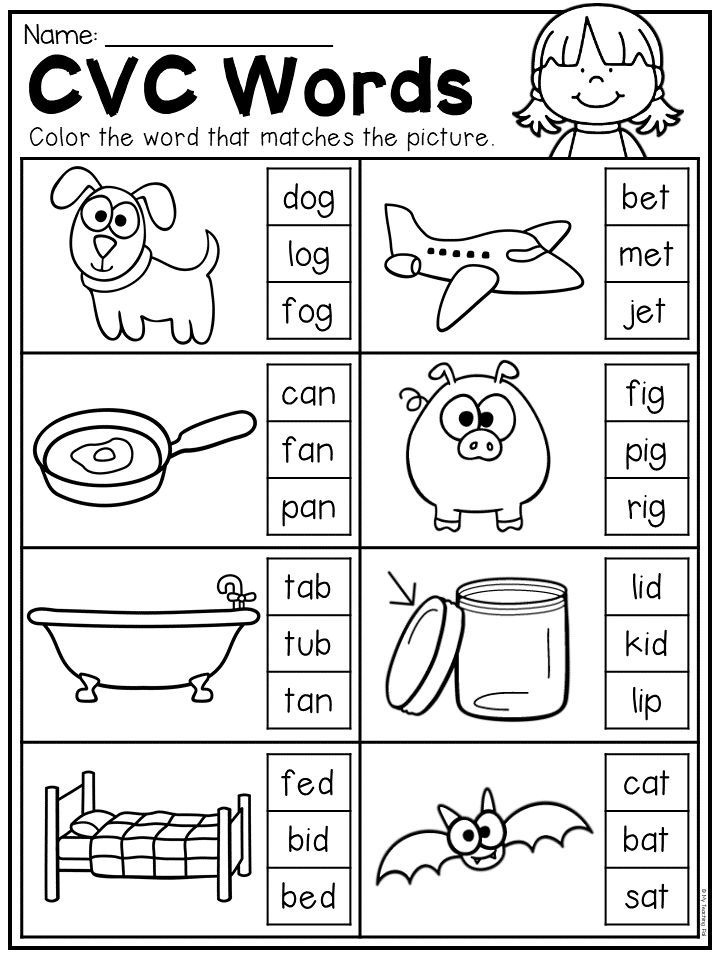 If there is, then there is "dangerous place". If there are two unstressed vowels, then there are two "dangerous places".
If there is, then there is "dangerous place". If there are two unstressed vowels, then there are two "dangerous places".
traffic light
Show red traffic light or turn on the red light as soon as you find "dangerous place".
Light up beacon"
sound analysis with drawing up a diagram in which “dangerous places” are indicated, those. red signals (circles) are placed under the "dangerous places". At the same time, with with the help of the question (“How will you look for“ dangerous places ”?) necessary course of action.
2. In the footsteps sound analysis printing or putting words out of the letters of the split alphabet with skipping "dangerous places". Here again attention is drawn to the mode of action: “If the sound can be trusted, I designate it with a letter, if not, I put it in its place danger signal."
For improving the speech apparatus, the following tongue twisters can be used, quatrains, rhymes:
1.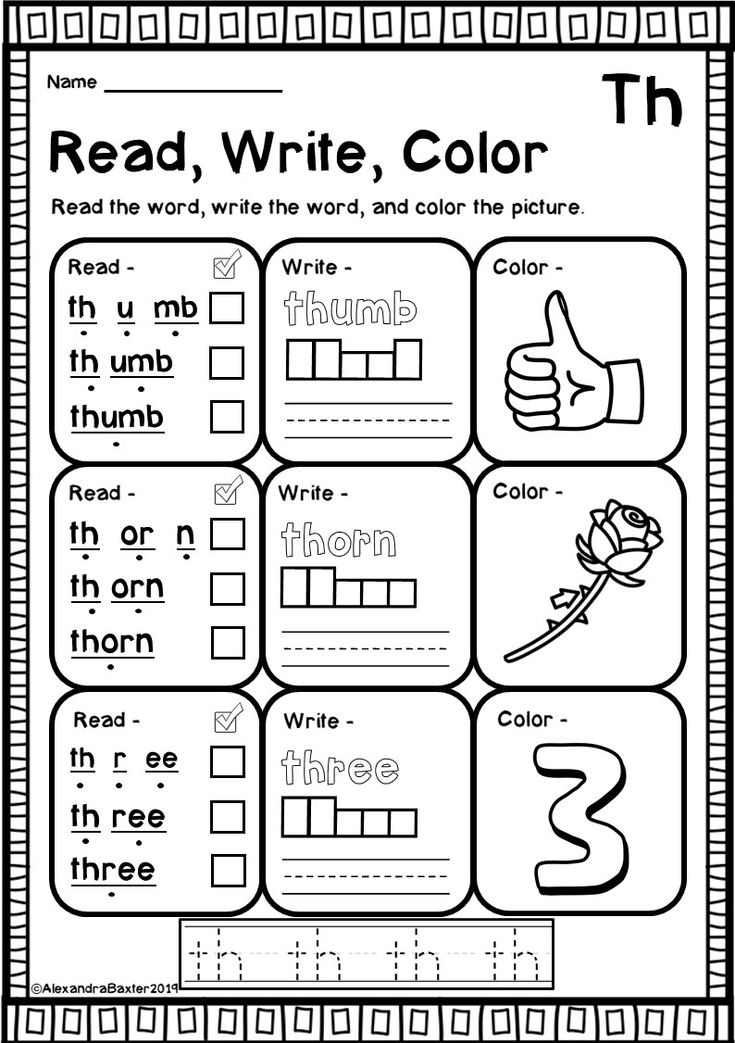 BOUGHT THE SHAM
BOUGHT THE SHAM
ON bazaar early in the morning
Bought ram bagel:
For lamb, for sheep
TEN poppy rings,
NINE dryers,
EIGHT buns,
SEVEN flatbread,
SIX cheesecakes,
FIVE cakes,
FOUR donuts,
THREE cakes,
TWO gingerbread
I ONE kalach bought -
Pro don't forget yourself!
A for the little wife —
Sunflowers.
2. FORTY FORTY (patter)
Forty forty
for their forty
Forty shirts,
Not quarreling, scribbling.
Forty shirts
Stitched on time —
Immediately quarreled
Forty fourty.
3. A - Open the mouth wider,
Hands lift up.
- Lips with a tube forward.
I hands forward.
4. Rustle, whisper, noise under the window,
Spanking lung ...
Who is this a gnome?
W-w-w!
There behind curtains,
Near windows
Shustry little mouse
Rustle silence.
5. I'm still trembling with fear!
— The log exclaimed,
- It looks like an ax!
Split by all means!
6. Grinding train rushes:
same - che - shcha,
same - che - cha.
7. In the morning my brother
Kirill
Three grass rabbits
fed
8. Say in one breath:
INHALE - SI-SE-SA-SO-SU-SY - EXHAUST
INHALE - ZI-ZE-ZA-ZO-ZU-ZY - EXHAUST
For successful study of vowel sounds and letters, the method of studying "singing" is used:
On the following triangle is drawn on the board:
U
E
A
Children first they sing the sounds of the upper floor: E-S-U and watch how the mouth while singing. They conclude that the mouth does not open very much, only a little. It produces "narrow" vowel sounds.
Later the children sing the sounds of the middle floor: uh.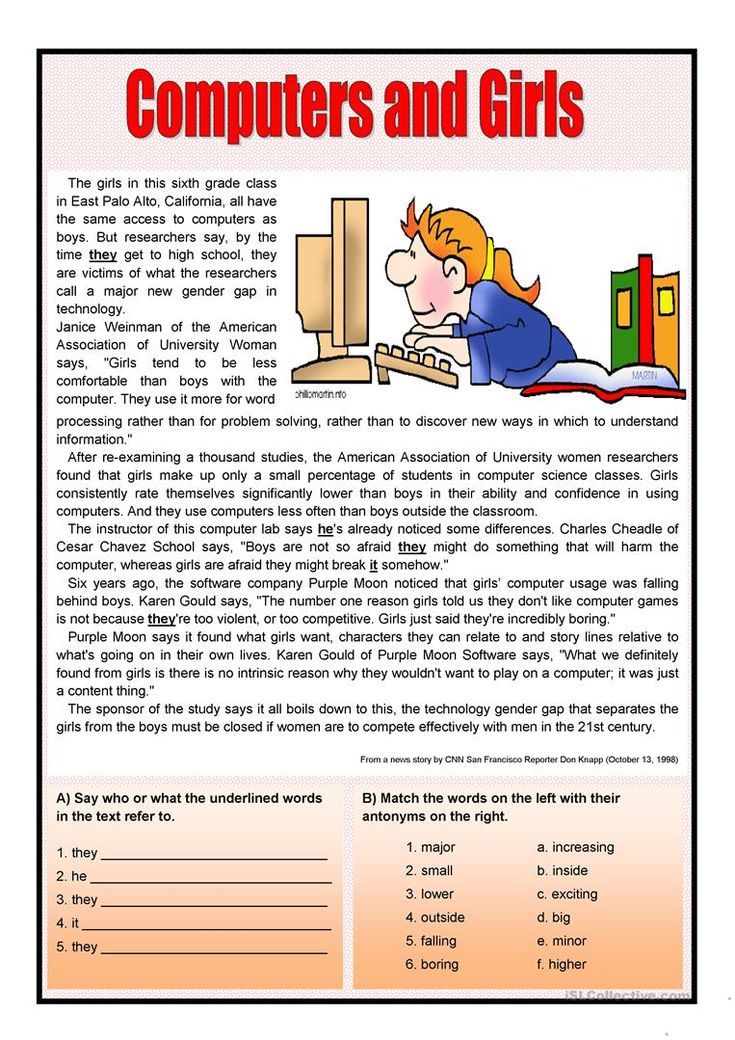 We noticed that the mouth opens normally, as usual, average. So, these are “middle” vowel sounds.
We noticed that the mouth opens normally, as usual, average. So, these are “middle” vowel sounds.
Finally, sing the lower vowel: A. Here the mouth opens wide, and the children call this sound is "wide".
This The game will help children discover the secret of pronunciation of vowels. It turns out that everything vowel sounds - mouth openers! This conclusion will help to learn correctly determine the number of syllables in words by placing your palm under your chin.
Games. Reading. Literacy education.
B during classes, the following are used to enhance mental activity: assignments:
1. Reading a syllabary
(in fast and slow pace)
KOR
UT
Nor
CHIR CIA
Meni
MOSH
2. READING A SYLLING CHAIN:
SA SI
LI LO
3. COLLECTIVE READING OF THE SYMBOLIC TABLE AND WORDS AT THE PACE SET BY THE TEACHER.
| SO | YOU | YOU |
| SY | RO | LO |
| TO | TA | KA |
| KO | BA | RO |
| Vova | magpie |
| owls | crow |
| owl | height |
| braids | hair |
| dew | cow |
|
| |
| PA | RY |
| CA | RI |
| CE | US |
| couples | bet |
| queen | kings |
| prices | knights |
| Pans |
|
4.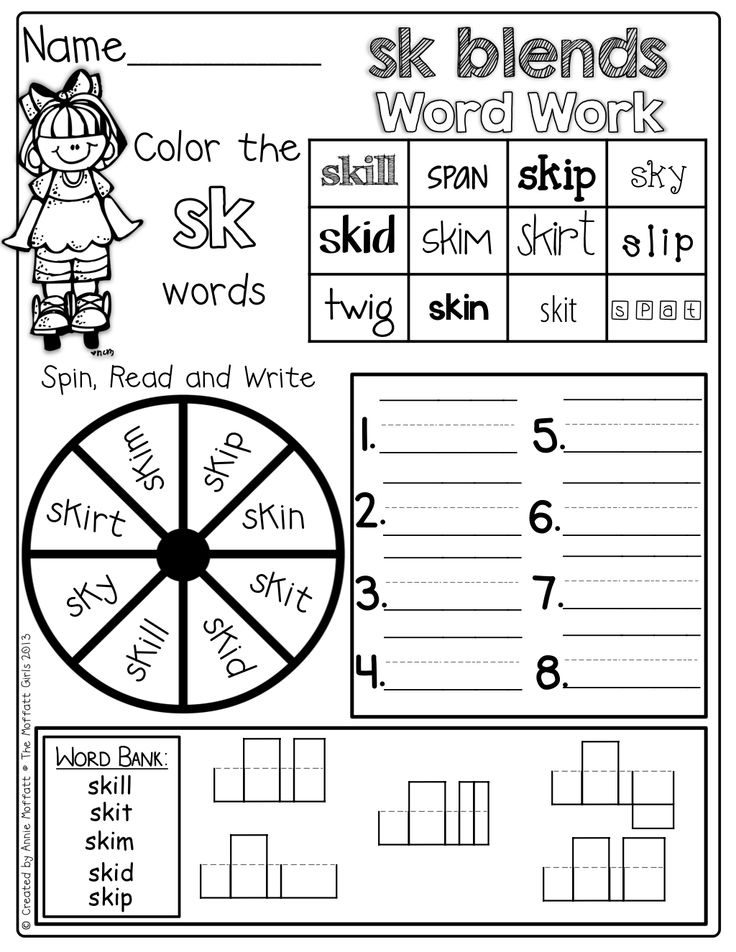 Transform the word by replacing letters:
Transform the word by replacing letters:
GRACH - DOCTOR; DAUGHTER - POINT - BUCK - BARREL; OVEN - TUBE - KIDNEY, etc.
5. Reading syllables with agreement to the whole word:
| FI... lin | FE... dia |
| FA... i | FO... ma |
| Lo... shad | Le... ta |
| That... nya | Te... cha |
6. Game with the word KOLOBOK
(col, forehead, side, eye)
7. Answer quickly!
Voiced, fast, cheerful ... (ball)
Delicious, scarlet, juicy ... (watermelon)
Brown, clumsy, clumsy ... (bear)
Yellow, red, autumn .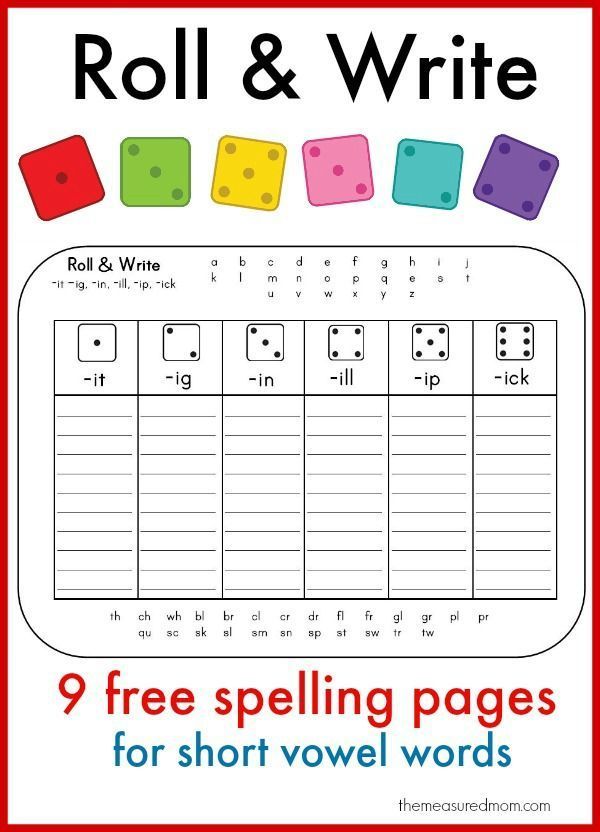 .. (leaves)
.. (leaves)
8. Change the word using the method of increasing and replacing the letter:
Believe - door - beast
Riding - star - trains
Networks - children, Lena - Lina
9. "Where are the numbers, where are the letters?"
Select only letters.
Compose of which word
I 1 8 G 6
R 10 U 5 9000 7 90 0 2 4 A 7
10. Clean tongues
Ta-ta-ta - Our house is clean.
Te-te-te - Put down your sewing.
So-and-so We started playing loto.
At-at-at - we are going for a walk
At-at-at - we take a scooter with us
Cha-cha-cha - a candle burns in the room.
Choo-choo-choo - I knock with a hammer.
Pts-Pts-Pts - the night has come.
Tso-tso-tso - on the hand ring
Tsy -tsy - tsy - cucumbers ripened
Yes-ets-ets - very tasty cucumber
Training Literacy is one of the most important periods in a child's life. And the result learning largely depends on the teacher, on his patience, kindness, affection.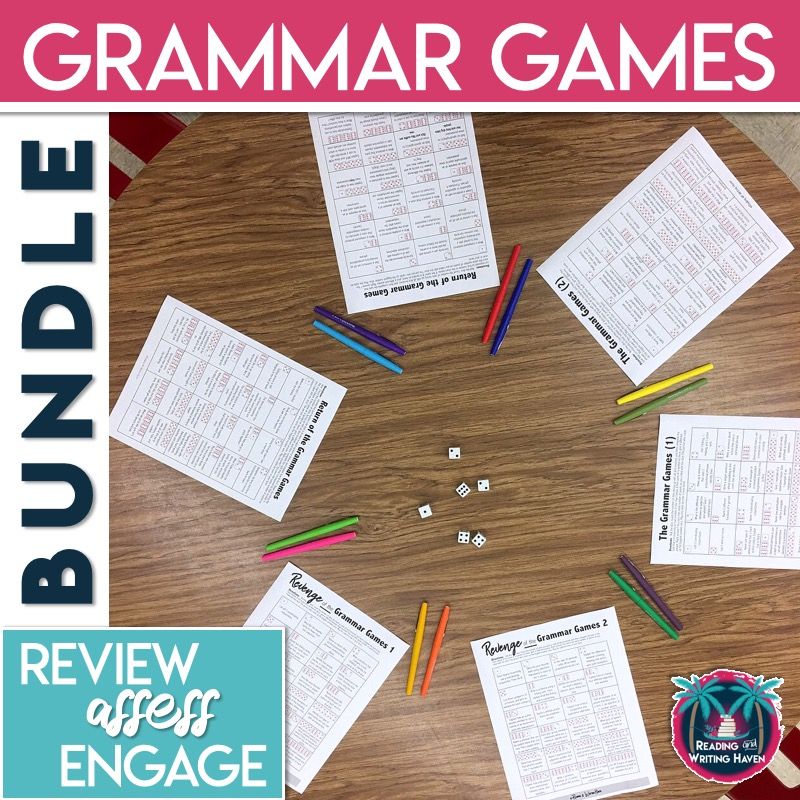 Necessary give the child the opportunity to believe in their own abilities. Training should not be associated with negative emotions in communication with the teacher. Each student must to feel success, to know the joy of "discovery" for oneself and with desire and good mood to go to every lesson. Let the student think, fantasize, create!
Necessary give the child the opportunity to believe in their own abilities. Training should not be associated with negative emotions in communication with the teacher. Each student must to feel success, to know the joy of "discovery" for oneself and with desire and good mood to go to every lesson. Let the student think, fantasize, create!
Games and exercises to develop and correct reading and writing skills.
Games and exercises to develop and correct reading and writing skills.
Game Find letter."
Purpose: reinforcing the visual image of letters font. Invite the child, carefully looking through the text, to find and underline the correct letter. Don't forget to ask what letter he is looking for? letter can be circled or crossed out, etc. Upon successful completion of such tasks, you can offer to simultaneously search for two letters and highlight them with any way.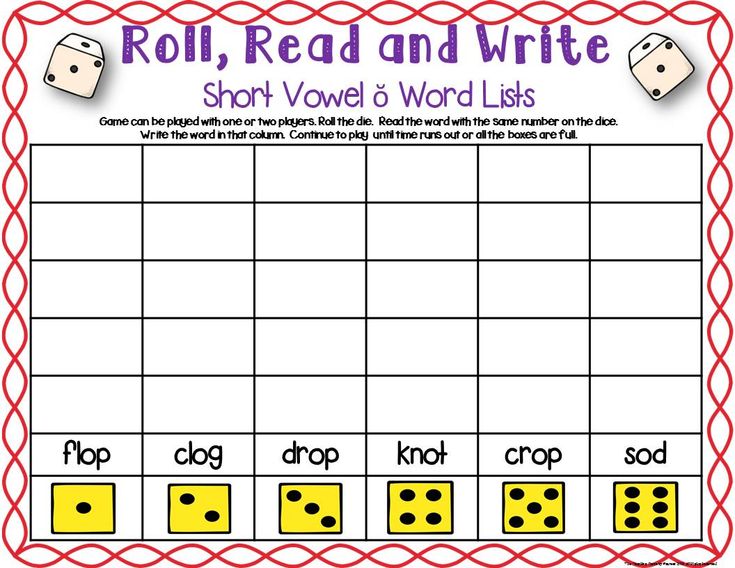
Divide the letters game.
Purpose: differentiation of letters A-U.
Content: The slide contains words that contain letters A and U. It is necessary to divide them into two groups.
Find the correct letter game.
Purpose: fixing the visual image of letters.
Content: on the slide the letters are correctly written, mirrored, and crossed out. The child only needs to choose correctly spelled letters.
Match the letter.
Purpose: fixing the visual image of beech, A, U.
Contents: The elements of the letters are shown on the slide. Gotta collect Y then A.
Game "Fold a figure of seven sticks."
Purpose: fixing the visual image of letters.
Content: Verbal instructions:
• remove one stick so that got the letters B, O;
• remove two sticks so that you get the letters E, P, R H; b, y;
• remove three sticks so that the letters S.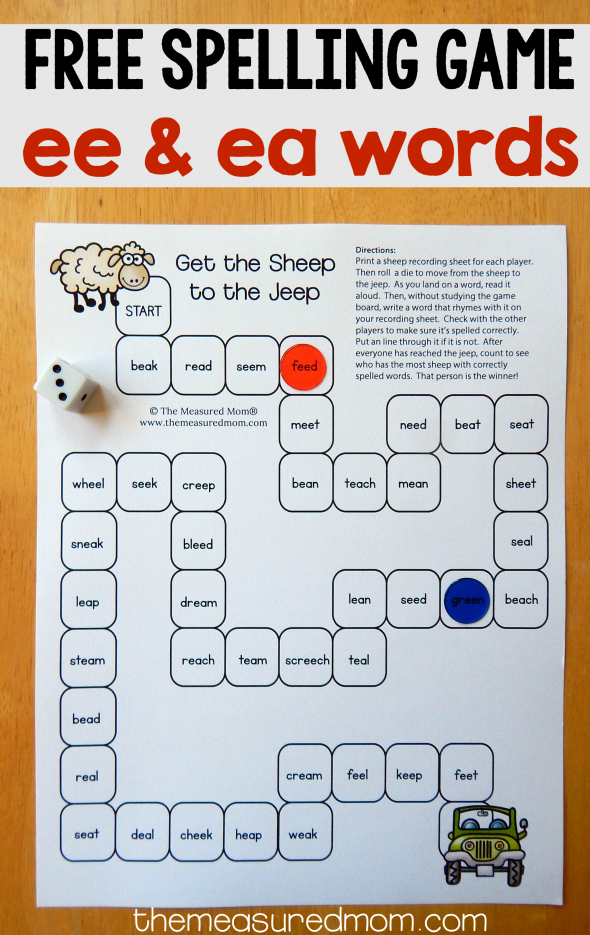 Ch are obtained;
Ch are obtained;
• remove four sticks so that the letter G is obtained;
• move two sticks so that you get the letter Y.
Find the hidden letter game.
Purpose: fixing the visual image of letters.
Content: Find and color only the letters.
Air letter game.
Purpose: develop a visual and spatial understanding of the letter, imagination, attention, memory.
Content: invite the children to close their eyes and imagine that the letters have turned into air pencils. Ask to draw letters with the nose, forefinger, foot, elbow, ear
Builders game
Target: develop visual and spatial representation of the letter, attention.
Material : Construction cubes.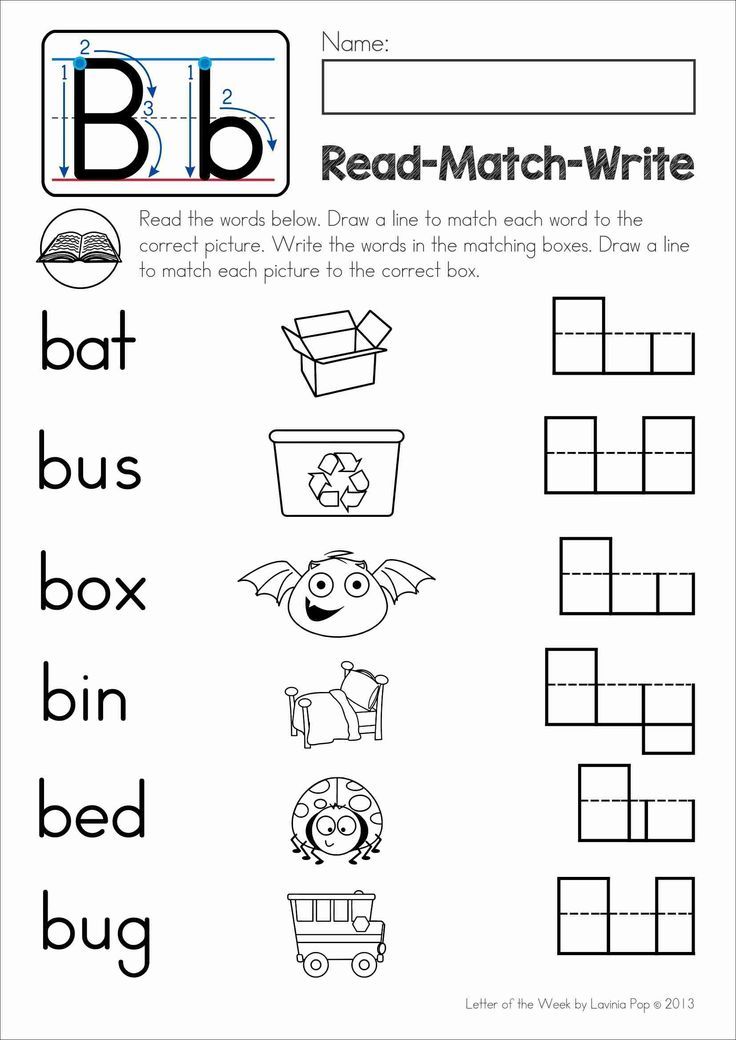
Content: I offer the children the task of constructing letters-words from building material.
Game "Find the place of the sound in the word."
Purpose: Exercise children in finding the place of sound in a word (at the beginning, in the middle or in end).
Contents of : pictures with the image of a bus, a dress and a book are hung on the board. teacher asks the children to name the objects. Asks which one is the same sound is heard in the names of all objects. "That's right - the sound" A ". This sound is in the names of all objects, but it is heard in different places of the word - explains teacher. - One begins with the sound "A", in the other the sound "A" is in middle, and the third word ends with this sound.
A now look at the card (one card is given for two children).
Under each picture is a strip of three cells. If the sound I call is you hear at the beginning of the word, put the chip in the first cell.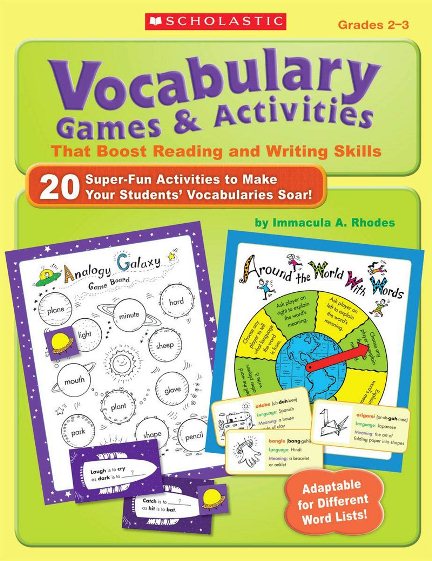 If sound is heard in in the middle of the word, the chip must be placed in the second cell. If the sound at the end words, the chip is placed in the third cell.
If sound is heard in in the middle of the word, the chip must be placed in the second cell. If the sound at the end words, the chip is placed in the third cell.
The game "Who lives in the house".
Purpose: Exercise children in the selection of words with a certain sound.
Content: 3-4 children play. Each player receives a house with a letter. The teacher takes from stacks of a picture with an image of an animal, names it, and the children determine in what kind of house it should live. If an animal can live in different houses (giraffe - in the house w and in the house r , then the picture gets the child who first said that this animal should live in his house. If it turns out that some animal has nowhere to live, because the house is already occupied (for example, a cat can only live in house to ), the teacher invites the children to think about where other animals can be moved so that make room for him.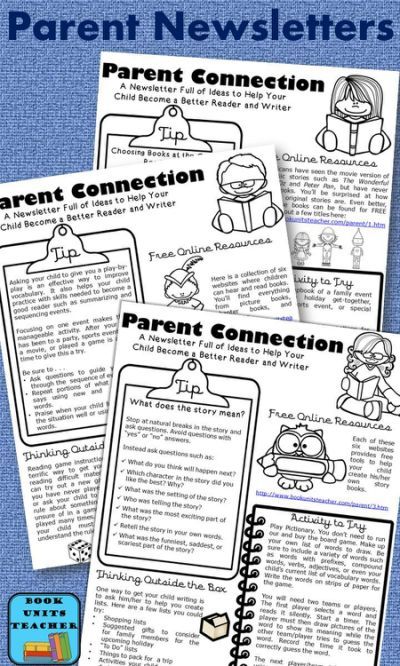
game "Where is the letter?"
Purpose : to exercise children in finding a given sound in words and determining its location; develop mental operations; prepare for the sound analysis of the word.
Contents: the teacher gives the task to the children: if they hear the sounds [k] and [k '] in the beginning of the word, then they need to raise their hands up; if in the middle of a word - hands forward; if at the end - stretch your arms down and sit down. The host speaks words: CAT, POPPY, ROCKET, CANCER, SLEEVE, CHICKEN, LACQUER, COMPOTE, CABINET, etc.
Game Pinocchio's Gift.
Target: exercise children in finding a given sound in words; develop mental operations, speech, phonemic hearing; prepare for the sound analysis of the word.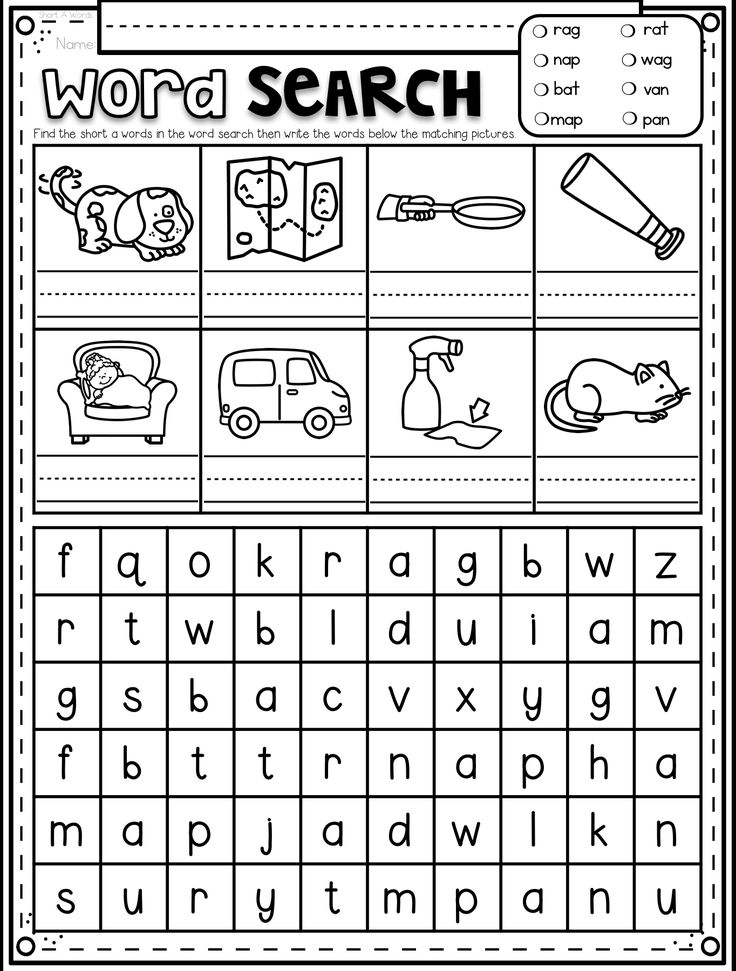
Content: teacher says that the animals brought a gift for Pinocchio, and he became capricious and wants to be given only those gifts in the words of which there are sounds [r] and [R']. The host reads the words, and the children determine whether they contain these sounds, accept whether such a gift Pinocchio. (ROSE, CHAMOMILE, DICE, DOLL, CHOCOLATE, MUG, JUMMY, CANDY, BRACELET, PANTS, WATCHES, etc.)
Be careful game.
Purpose: exercise children in finding a given sound in words; develop mental operations, phonemic hearing.
Contents: the teacher gives the children the task: “I will read the words, you carefully read them listen, if you hear a given sound (for example, [k] or [k ']), then clap in hands, and if this word does not contain this sound, then keep silence. Leading reads the words: CANCER, POPPY, HOUSE, BEETLE, VASE, KEFIR, DOLL, BUCKET, TOAD, WHALE.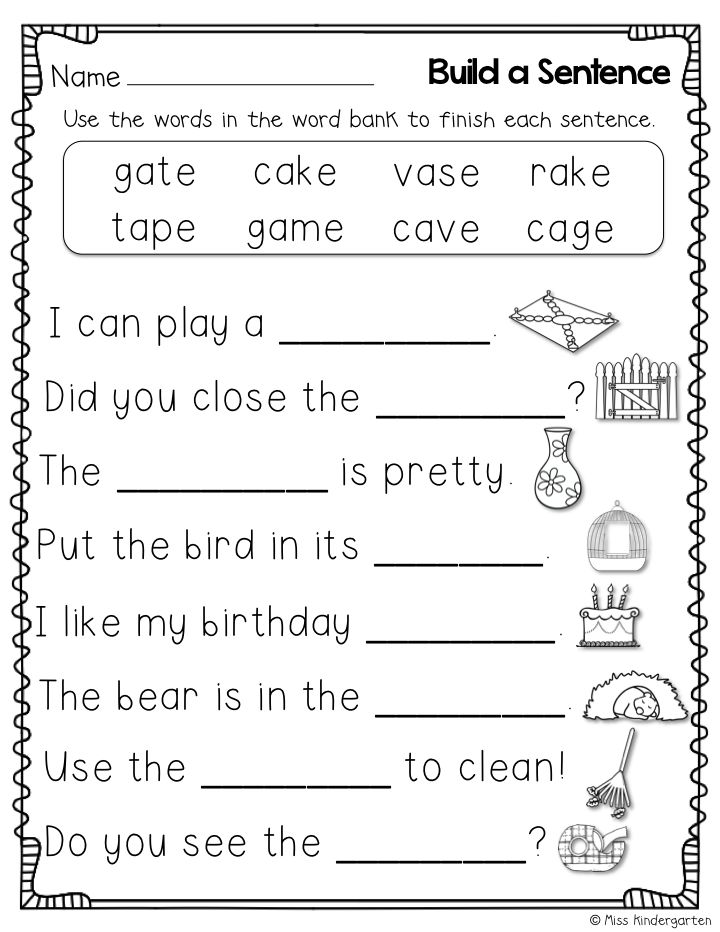
Game "Which sound is heard more often?".
Purpose: exercise children in determining the sound that sounds more often; develop mental operations, phonemic hearing.
Contents of : the teacher gives the children the task: “I will read the poem, you carefully listen and determine which sound is most often heard.
1) Not I buzz when I sit
I don't buzz when I walk,
I don't buzz when I work,
I buzz when I spin.
2) Itchy mosquito subtly:
Z-z-z - he sings loudly,
Repeats many times
Frisky midges his story.
Sound change game.
Purpose: exercise children in the transformation of new words, changing one sound in a given word; develop mental operations; prepare for reading.
Material: patterns words without a single letter.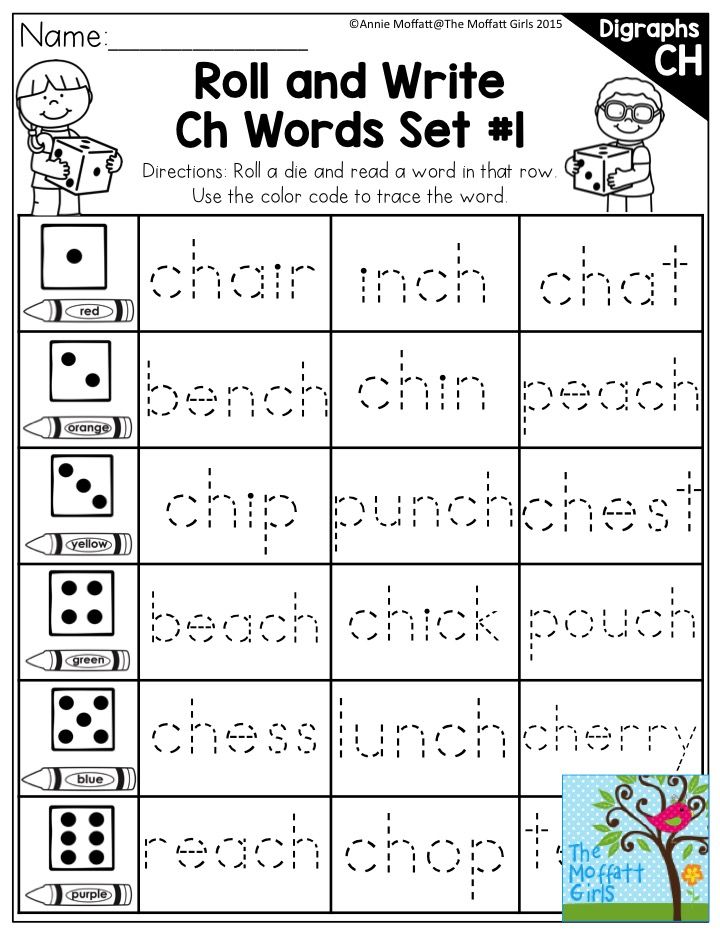 Threads with attached letters are tied to the schemes, inserting which, new words are obtained. (_OT and letters B, R, K, L; _AK and letters M, L, R, T, B; _OM and letters L, D, K, T, R, C, etc.).
Threads with attached letters are tied to the schemes, inserting which, new words are obtained. (_OT and letters B, R, K, L; _AK and letters M, L, R, T, B; _OM and letters L, D, K, T, R, C, etc.).
Contents: the teacher says that there are word schemes where letters are missing. Children must insert letters and read new words that will turn out.
Game Add sound.
Purpose: exercise children in the formation of new words, adding one sound to the word; develop mental operations; prepare for reading.
Material: patterns words where there is room for one letter. Threads with attached letters, adding which a new word is obtained. (_ROT and the letter K; _DAR and letter U; _Moustache and the letter B; SHAR_ and the letter F; VOL_ and the letter K; _ ROSE and the letter G and etc.).
Contents: the teacher says that there are word schemes.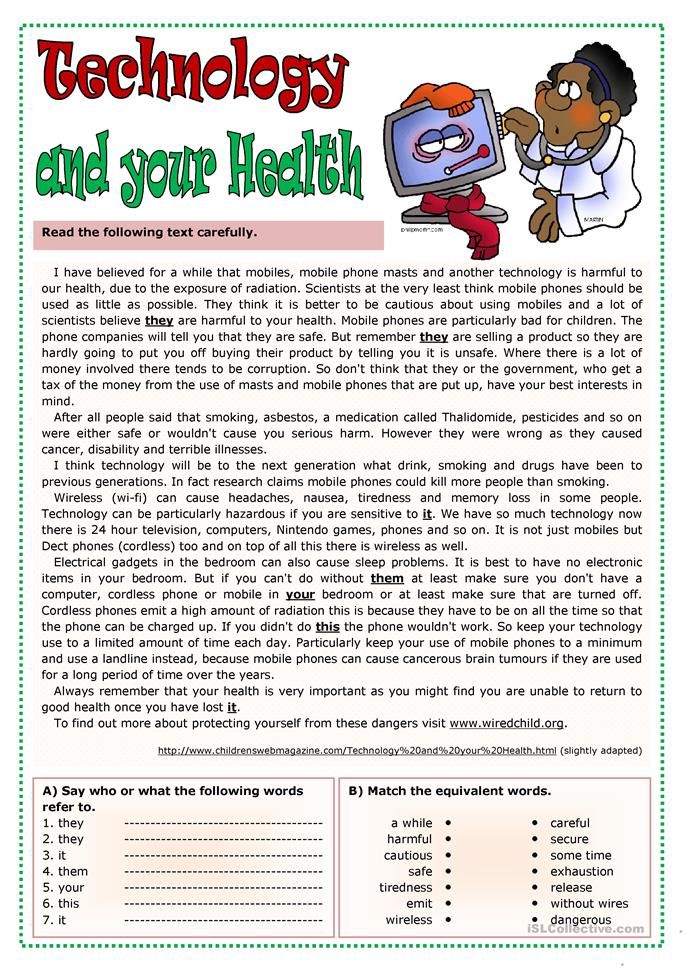 Children need to read words then add a letter to them and read new words that will turn out.
Children need to read words then add a letter to them and read new words that will turn out.
Game Mute.
Purpose: exercise children in the formation of new words, removing one sound in a word; develop mental operations; prepare for reading.
Material: patterns words, where one letter is taken out and a new word is obtained (ZUBR, WOLF, LAUGHTER, duck, braid, rod, scarf, prick, etc.).
Content: the teacher says that there are word schemes. Let's read the words after why remove one letter from the word and read new words that will turn out.
Purpose: exercise children in the formation of new words from given letters; develop mental operations; prepare for reading.